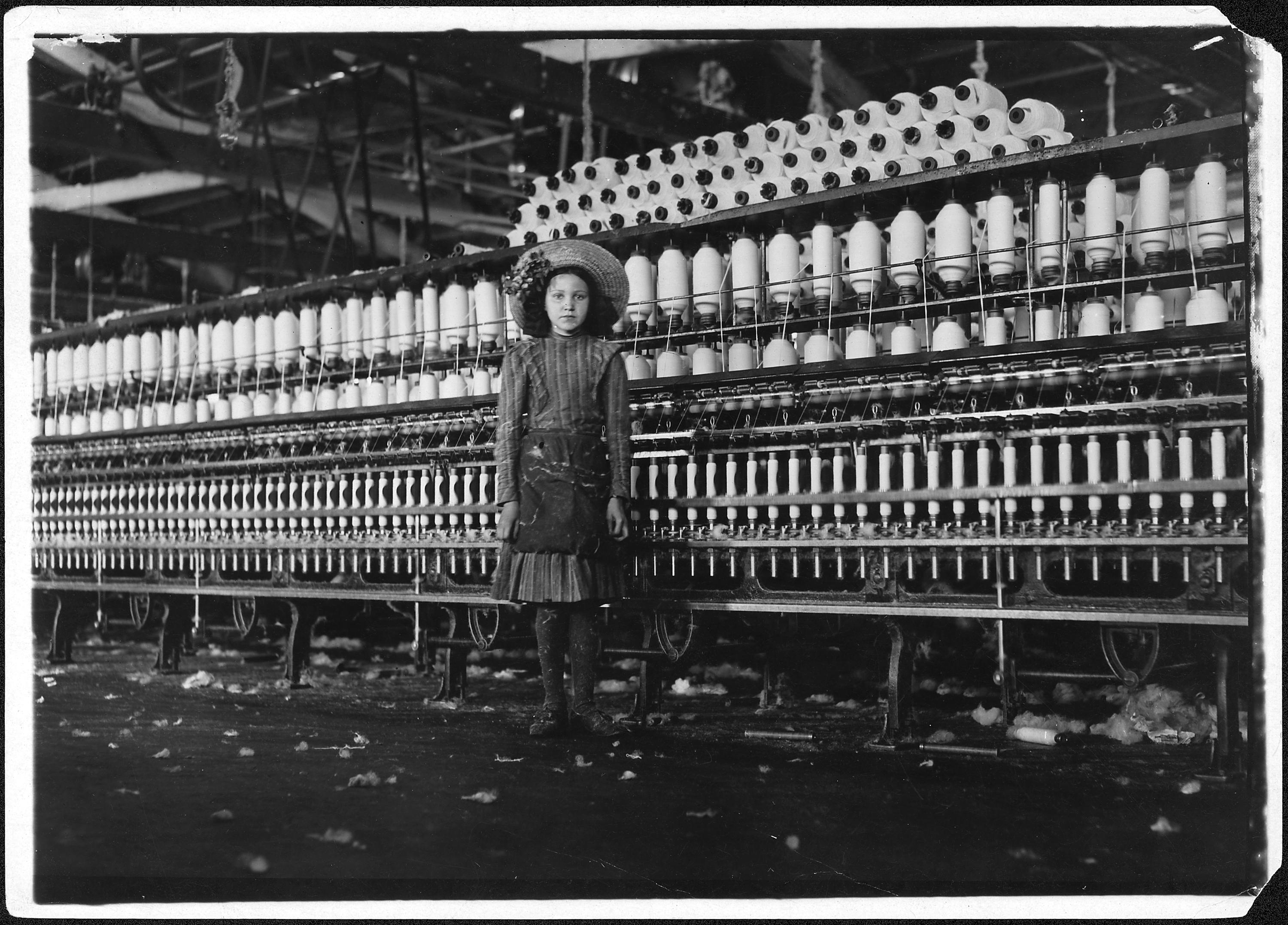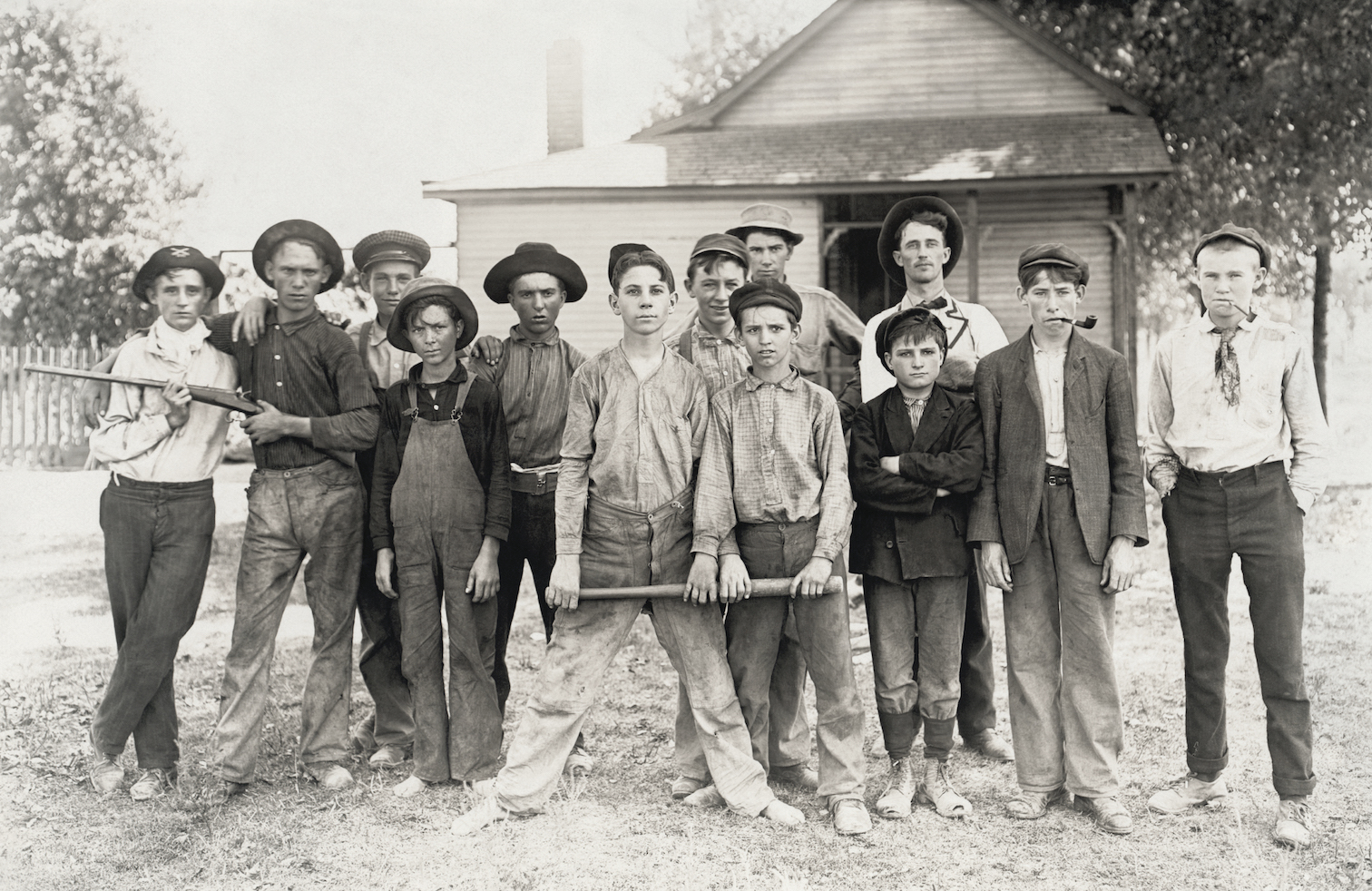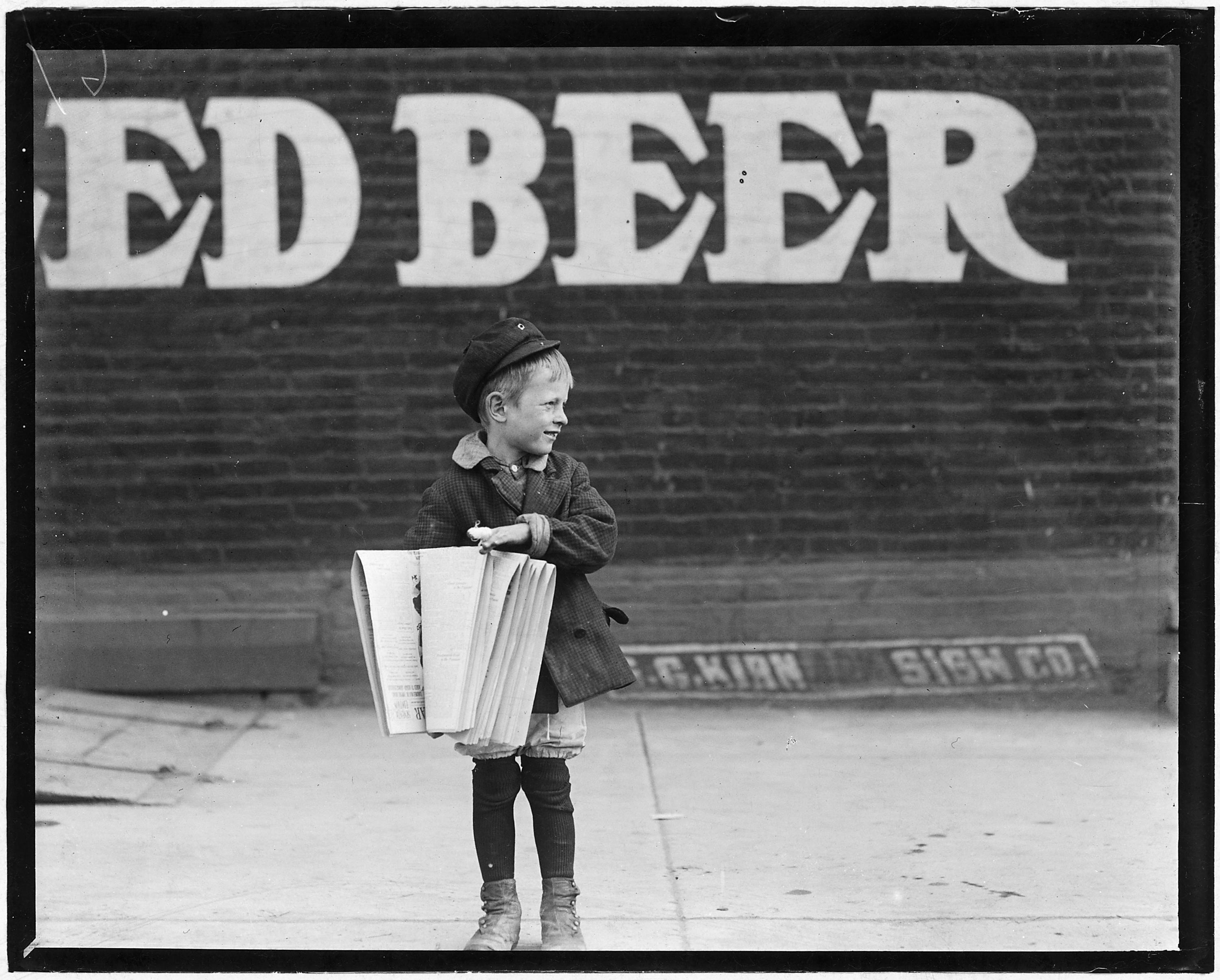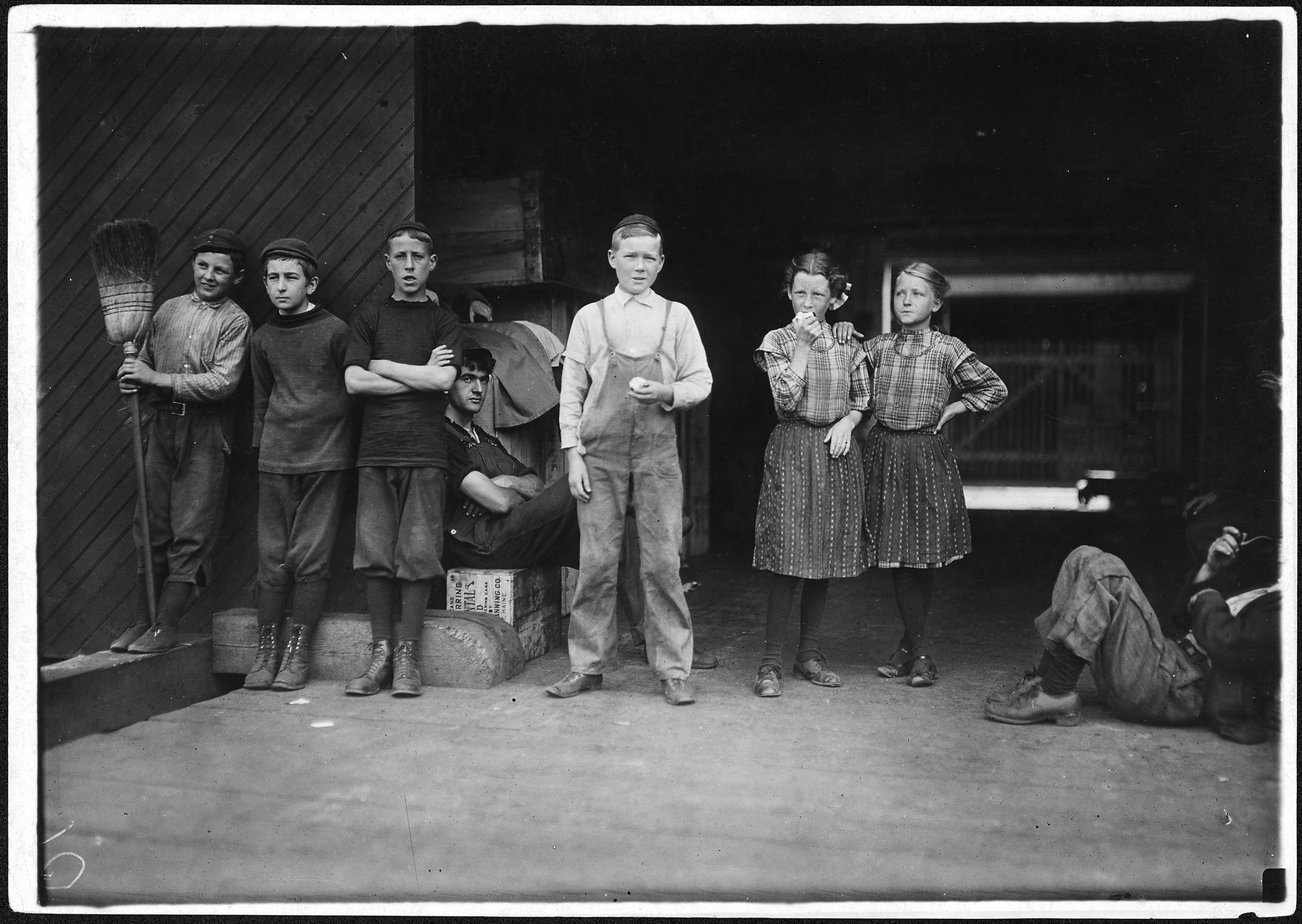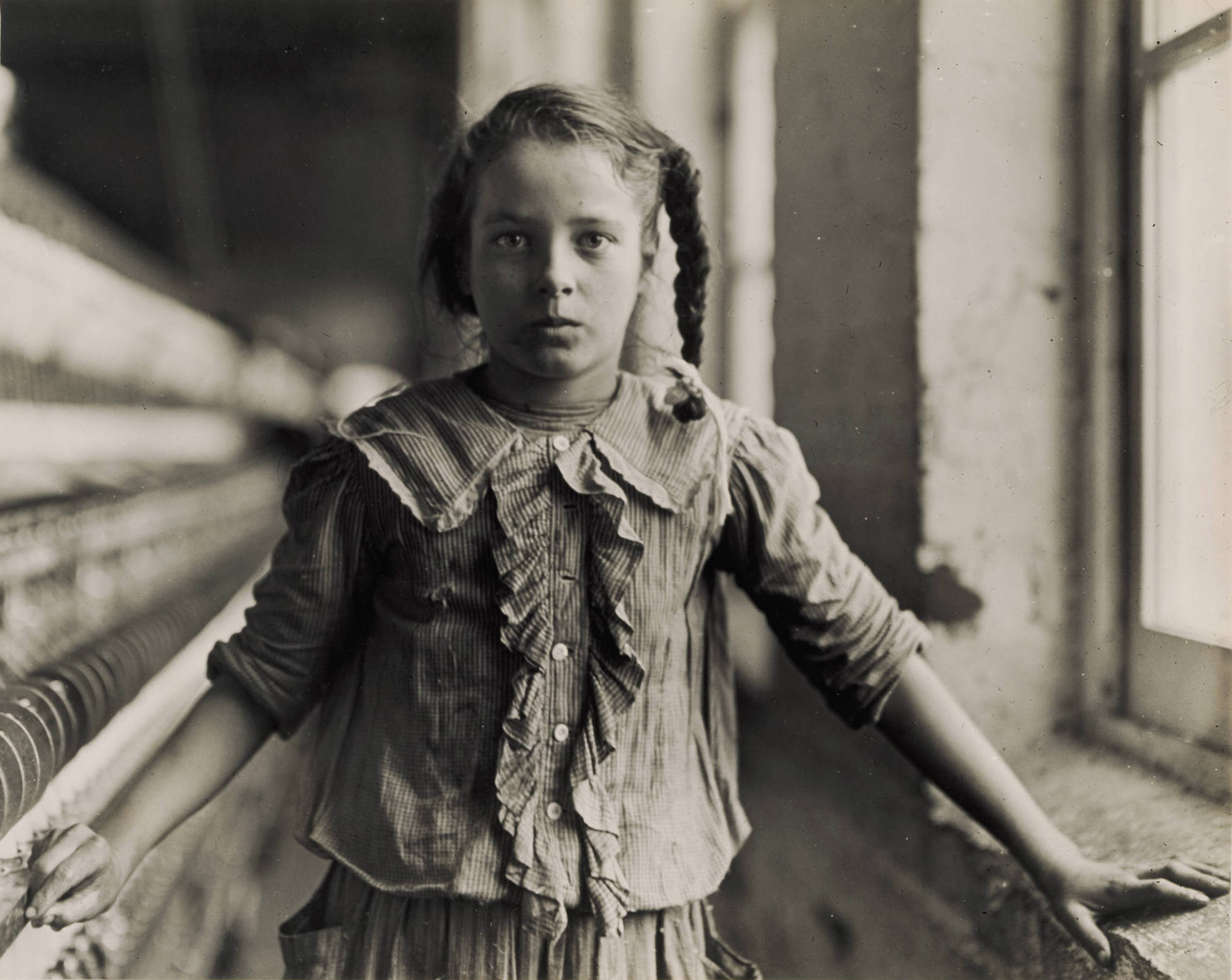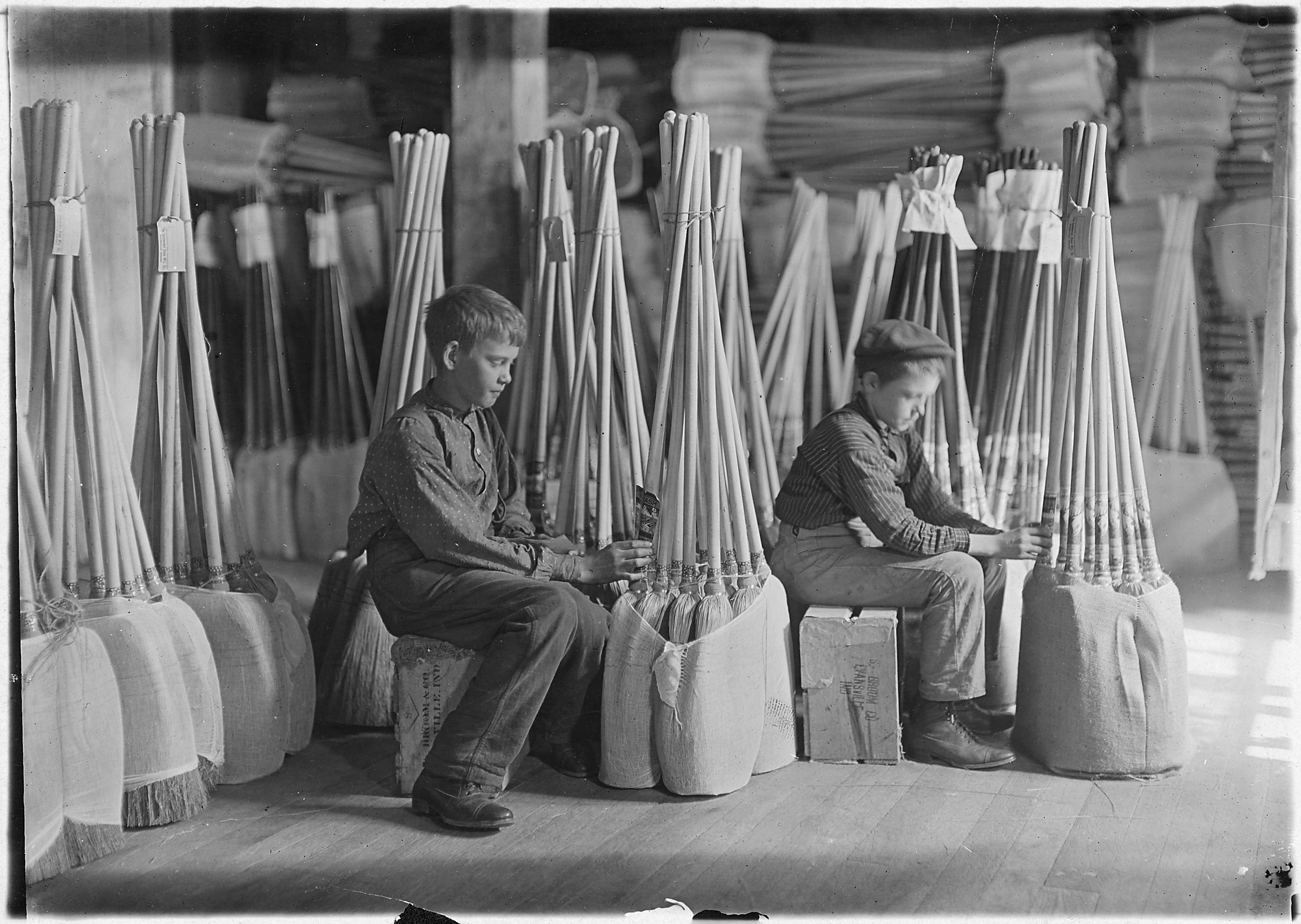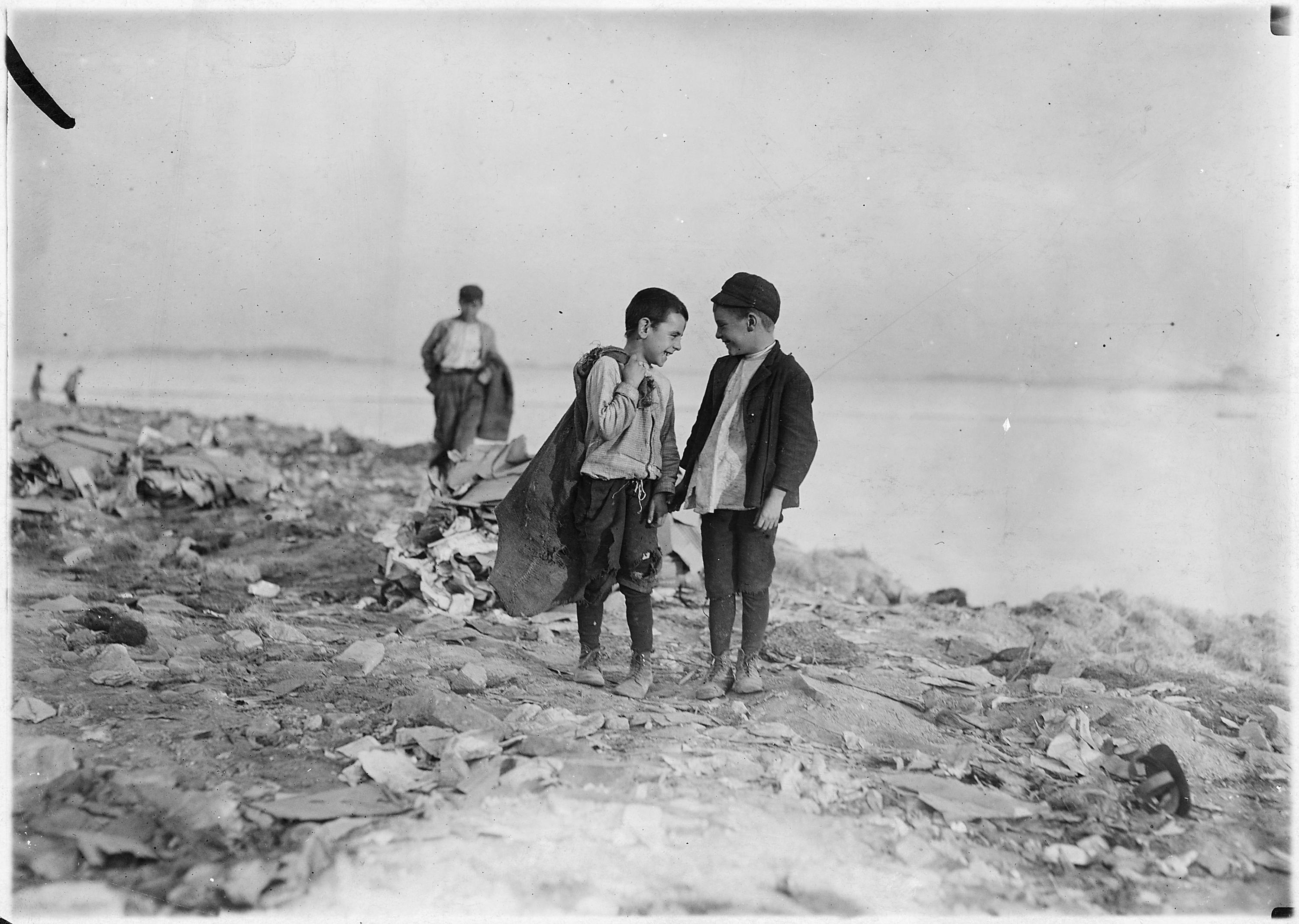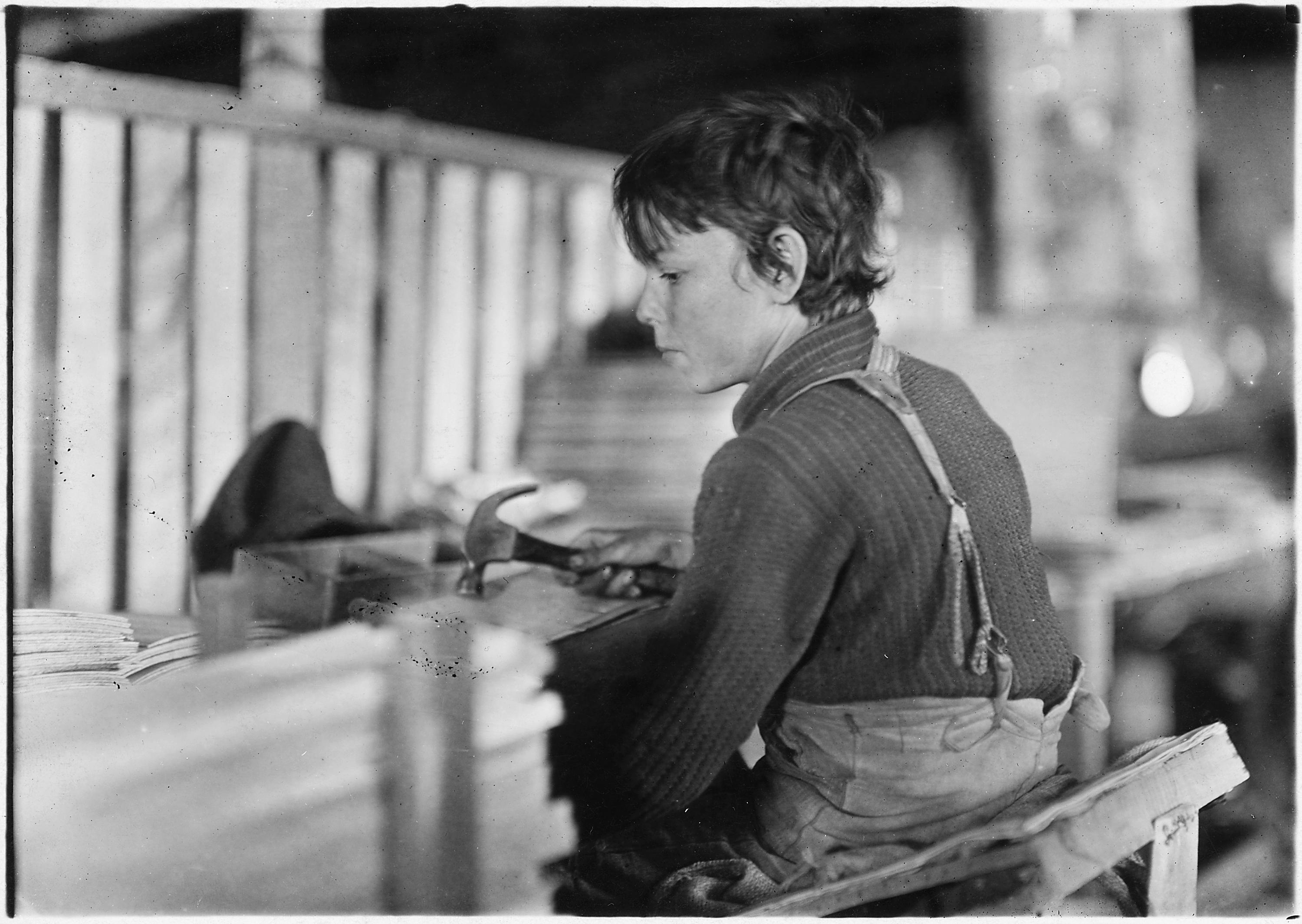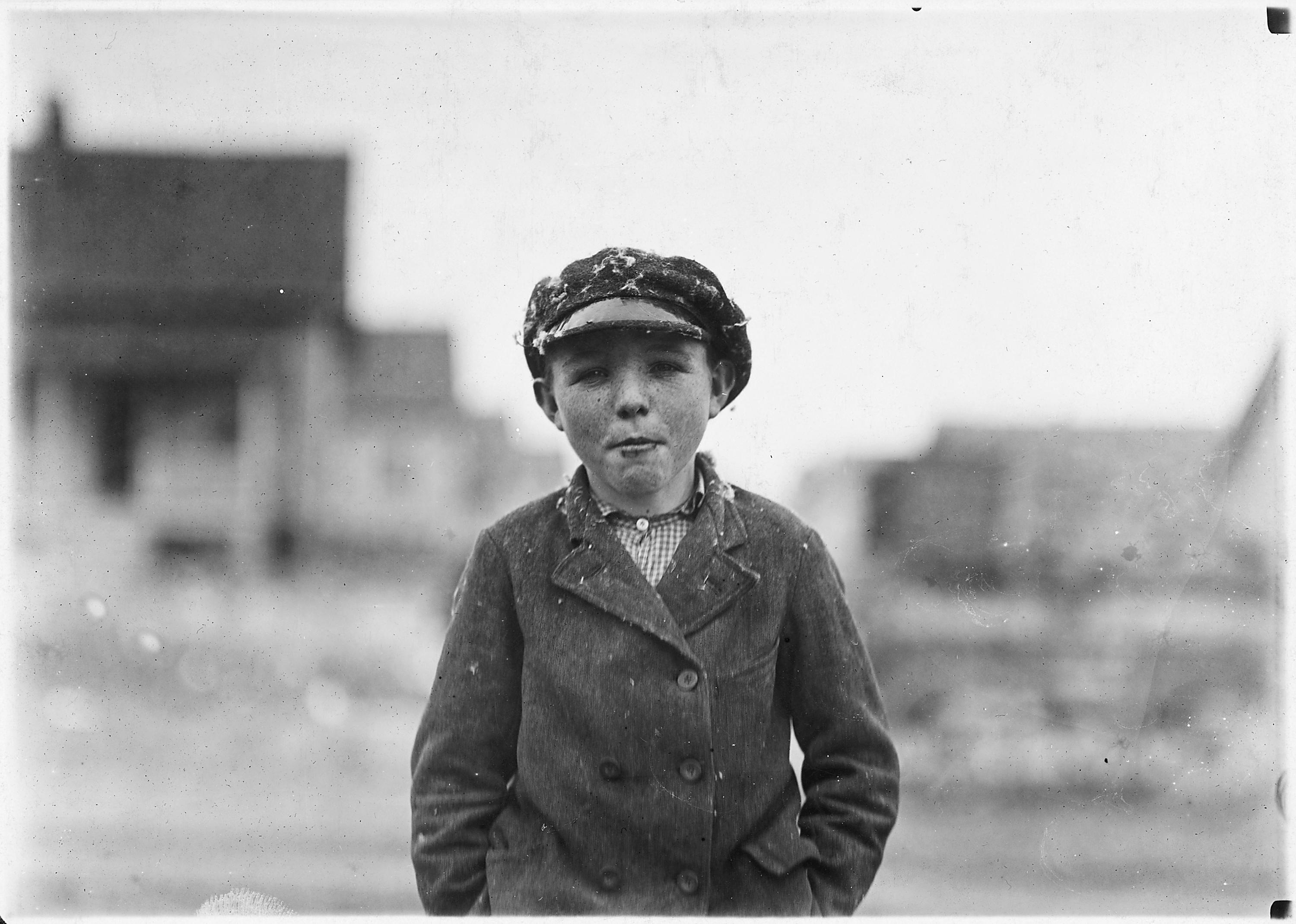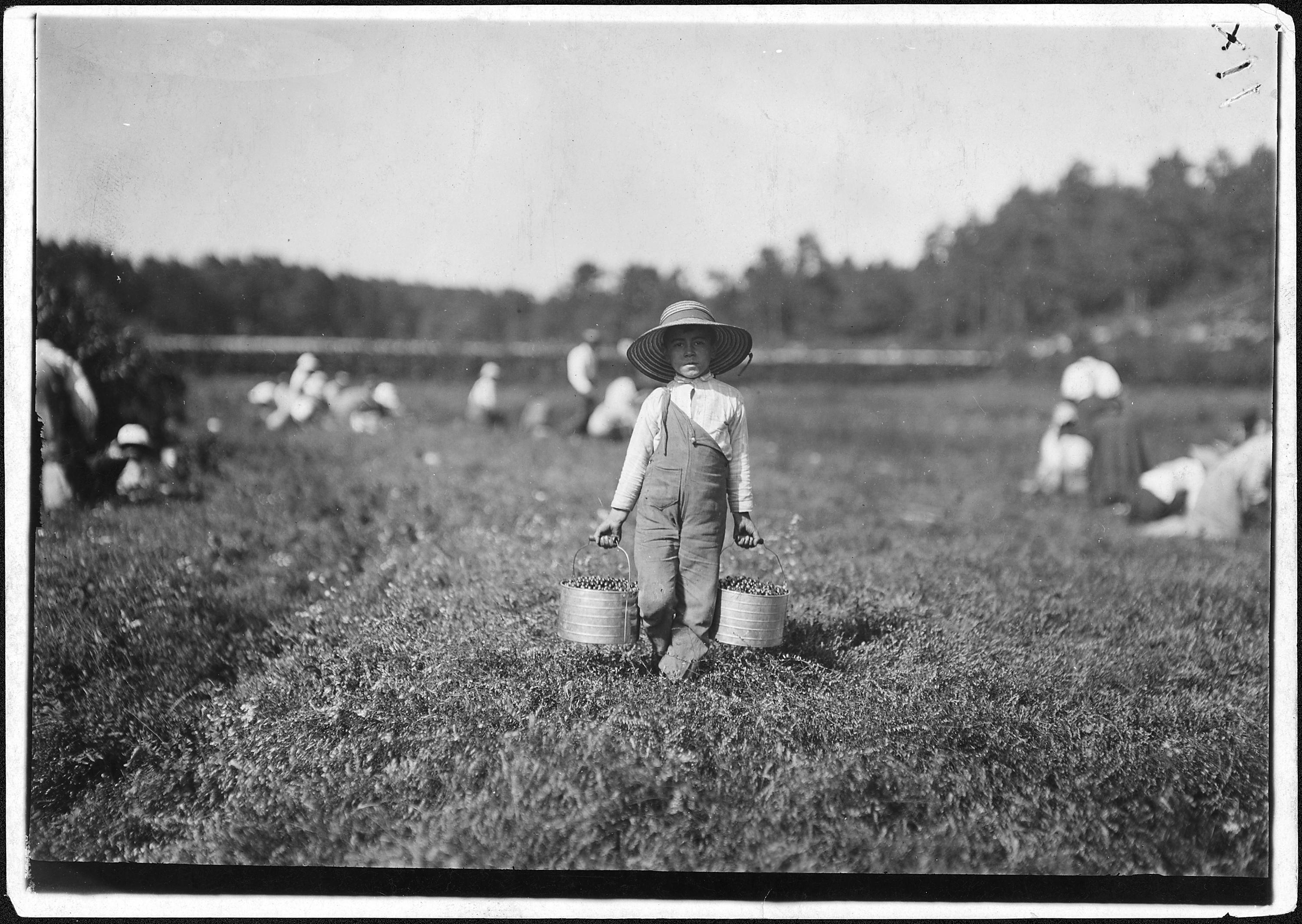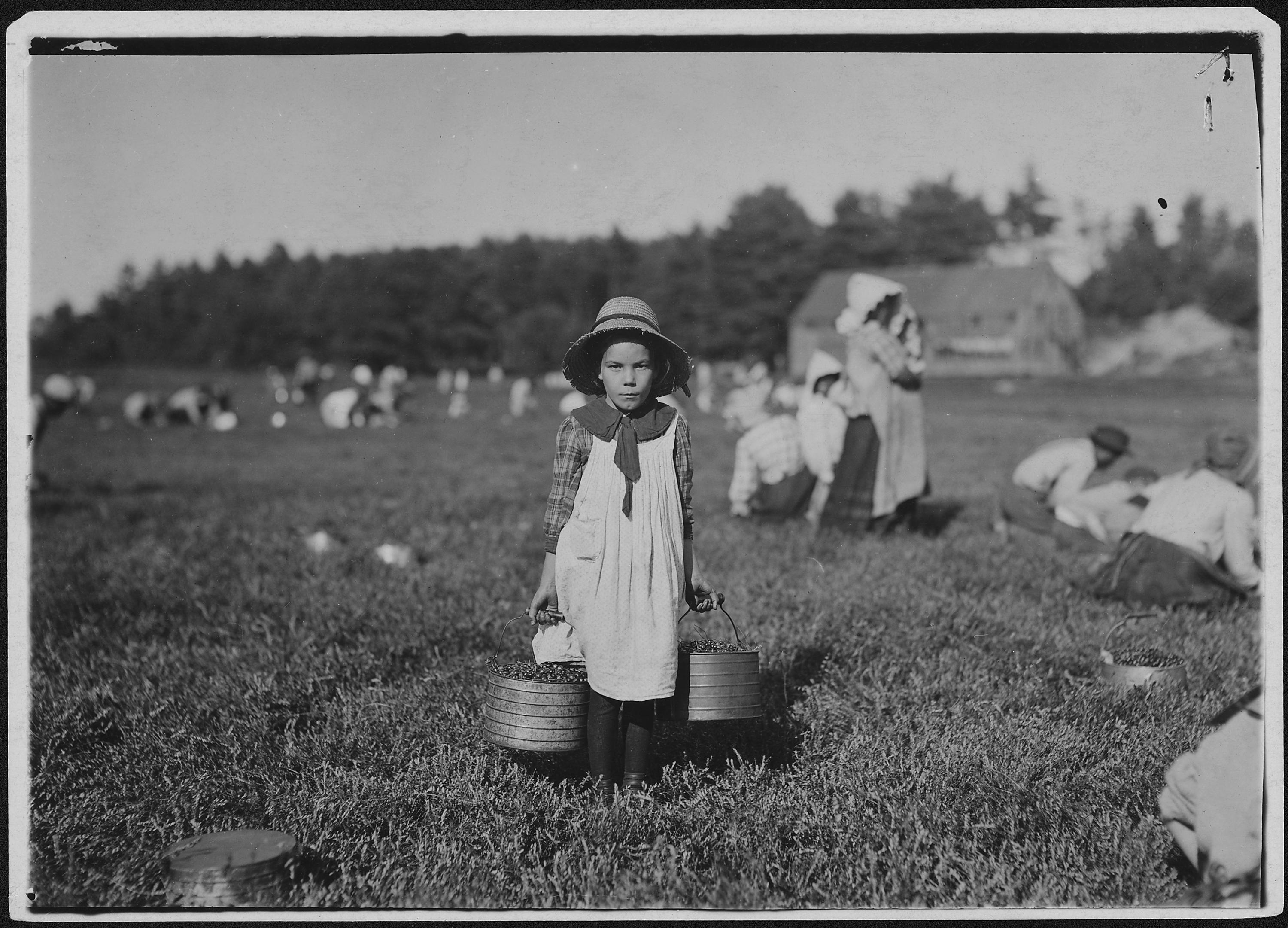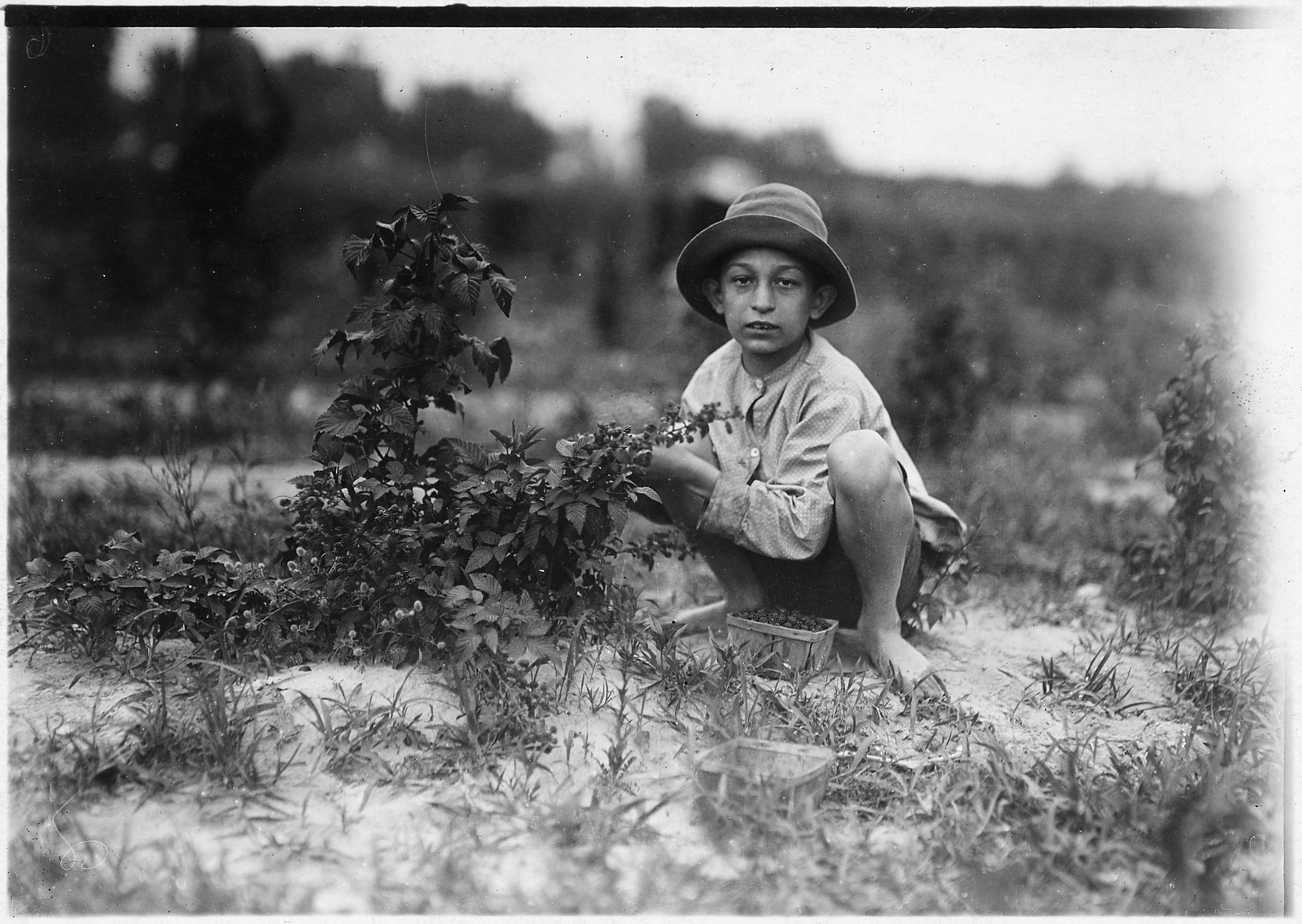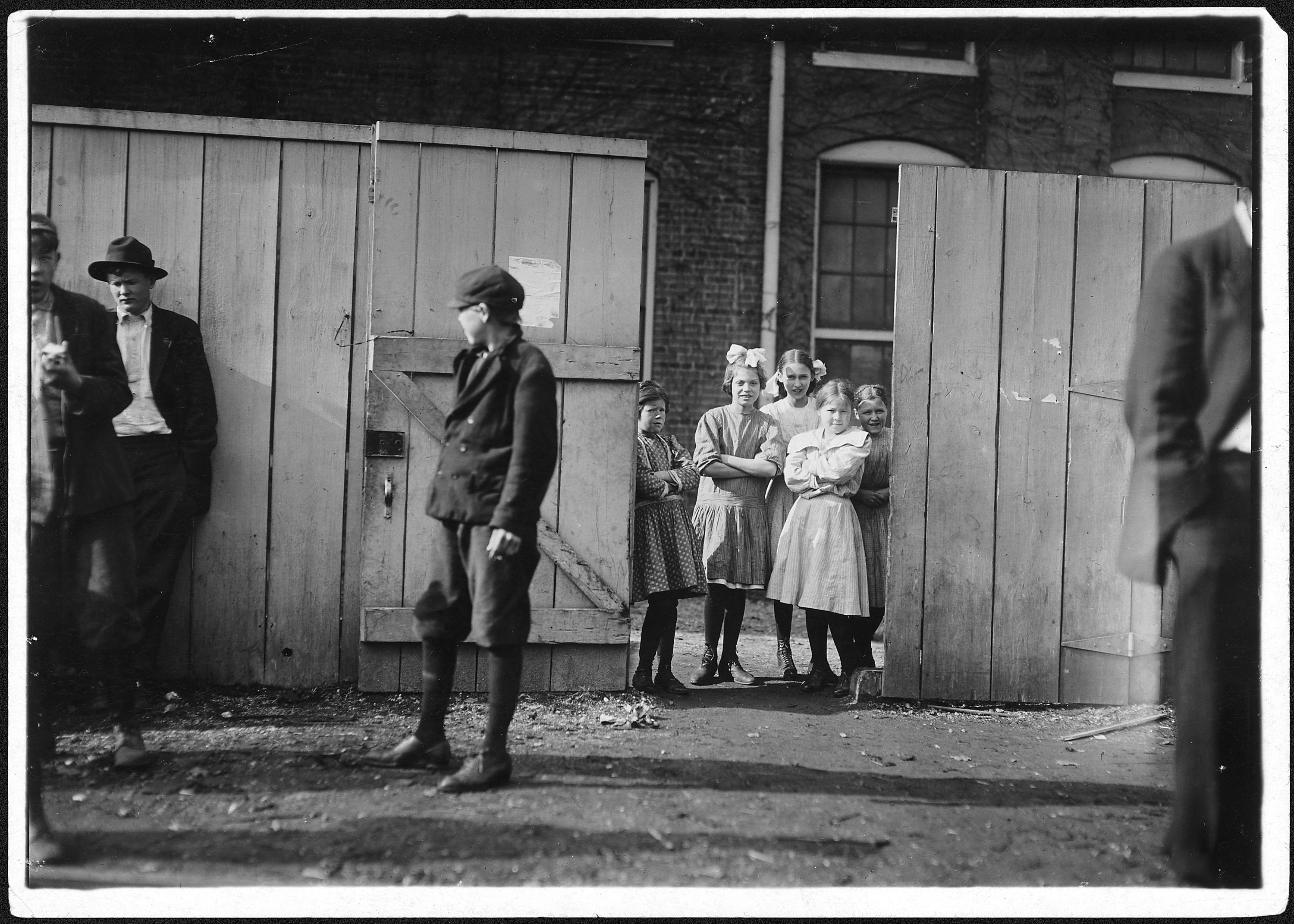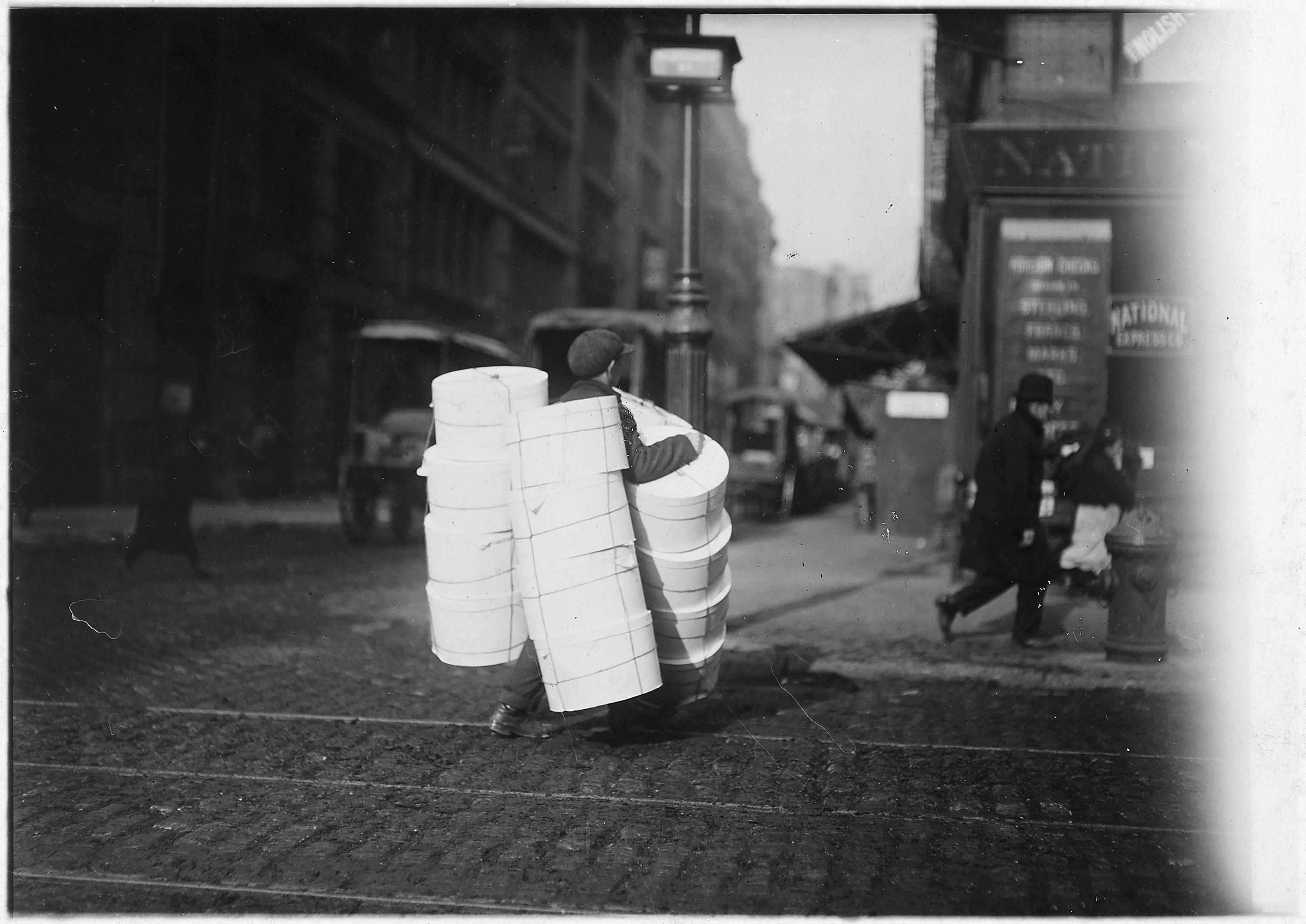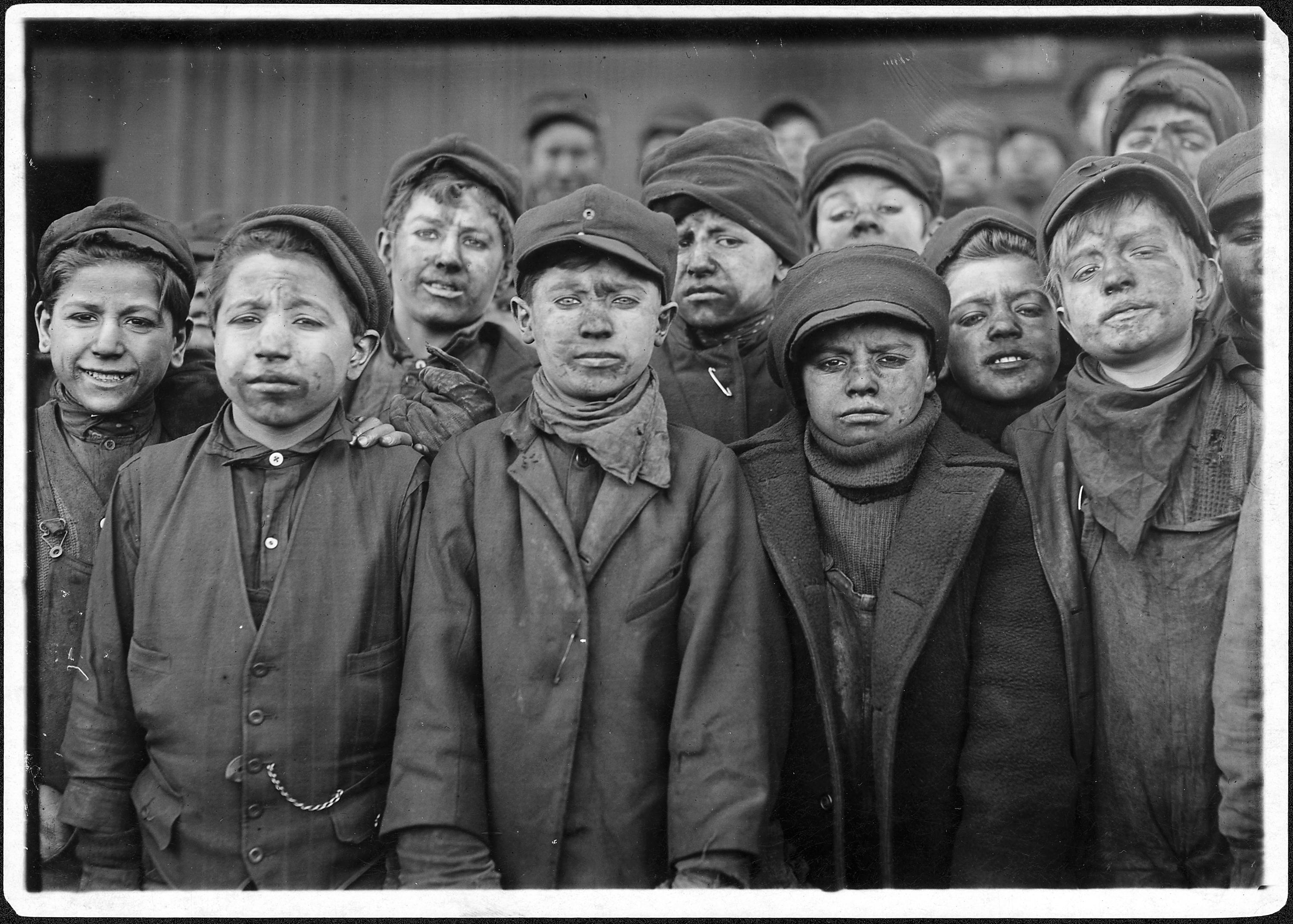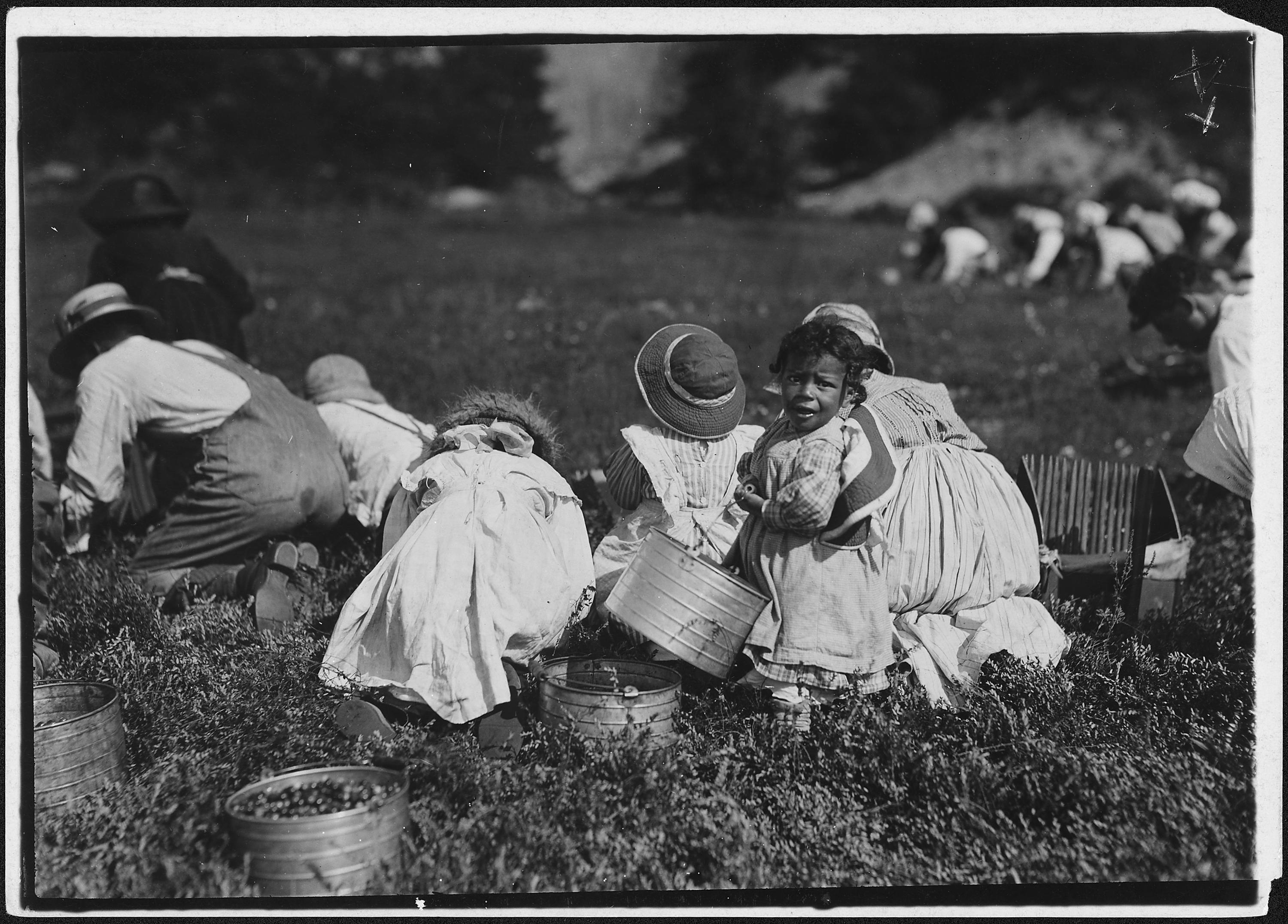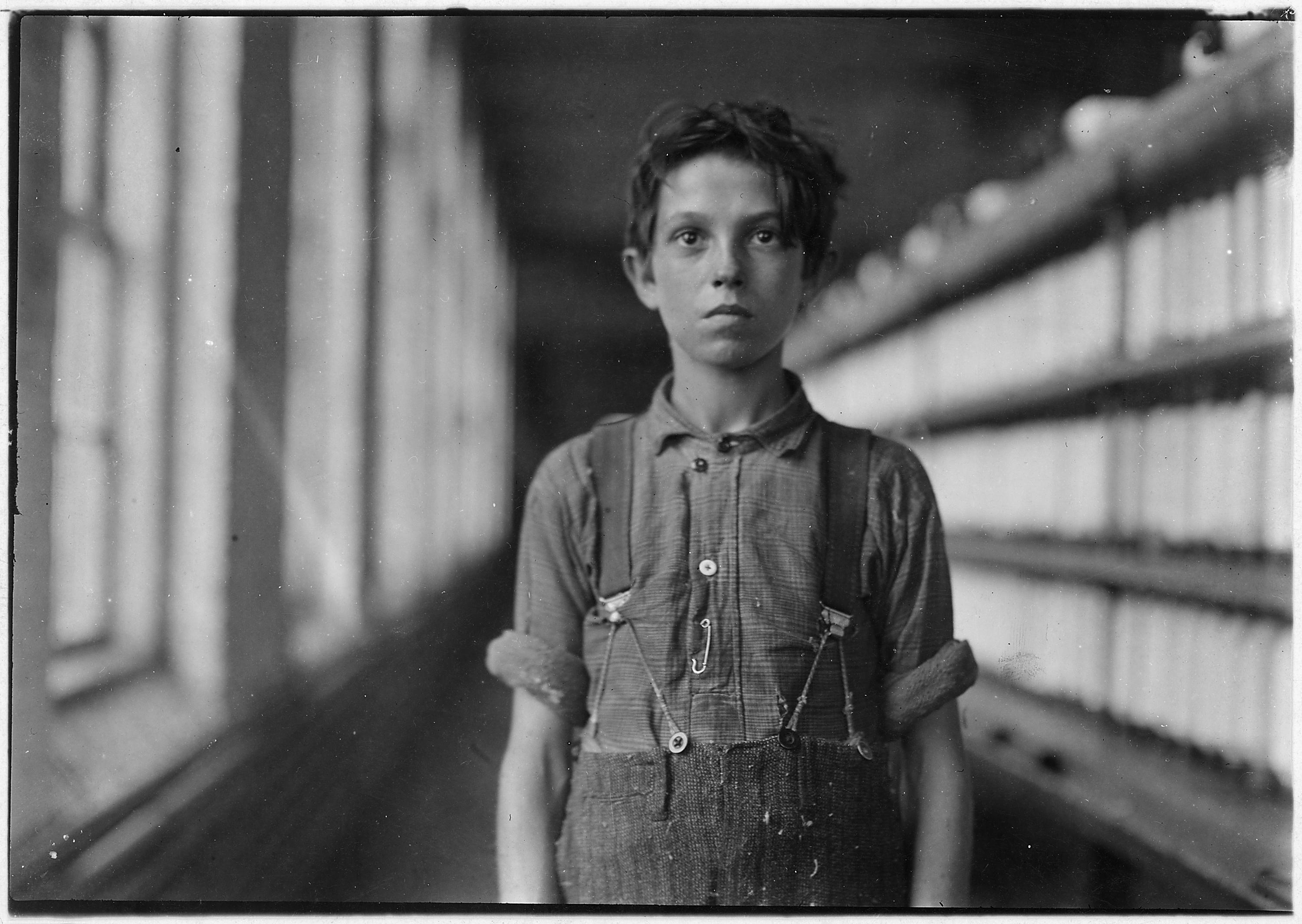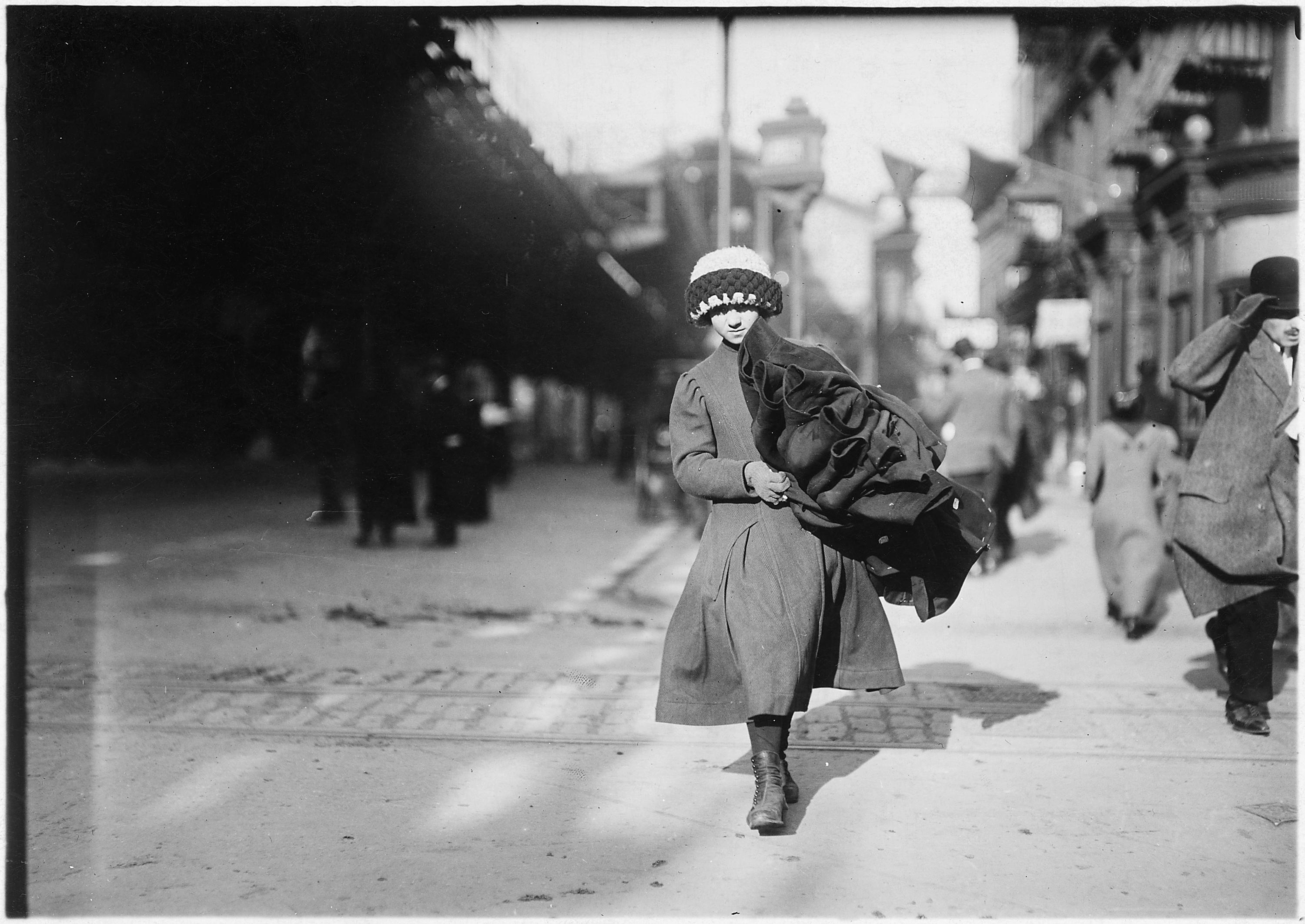“There is work that profits children, and there is work that brings profit only to employers. The object of employing children is not to train them, but to get high profits from their work.”
— Lewis Hine, 1908
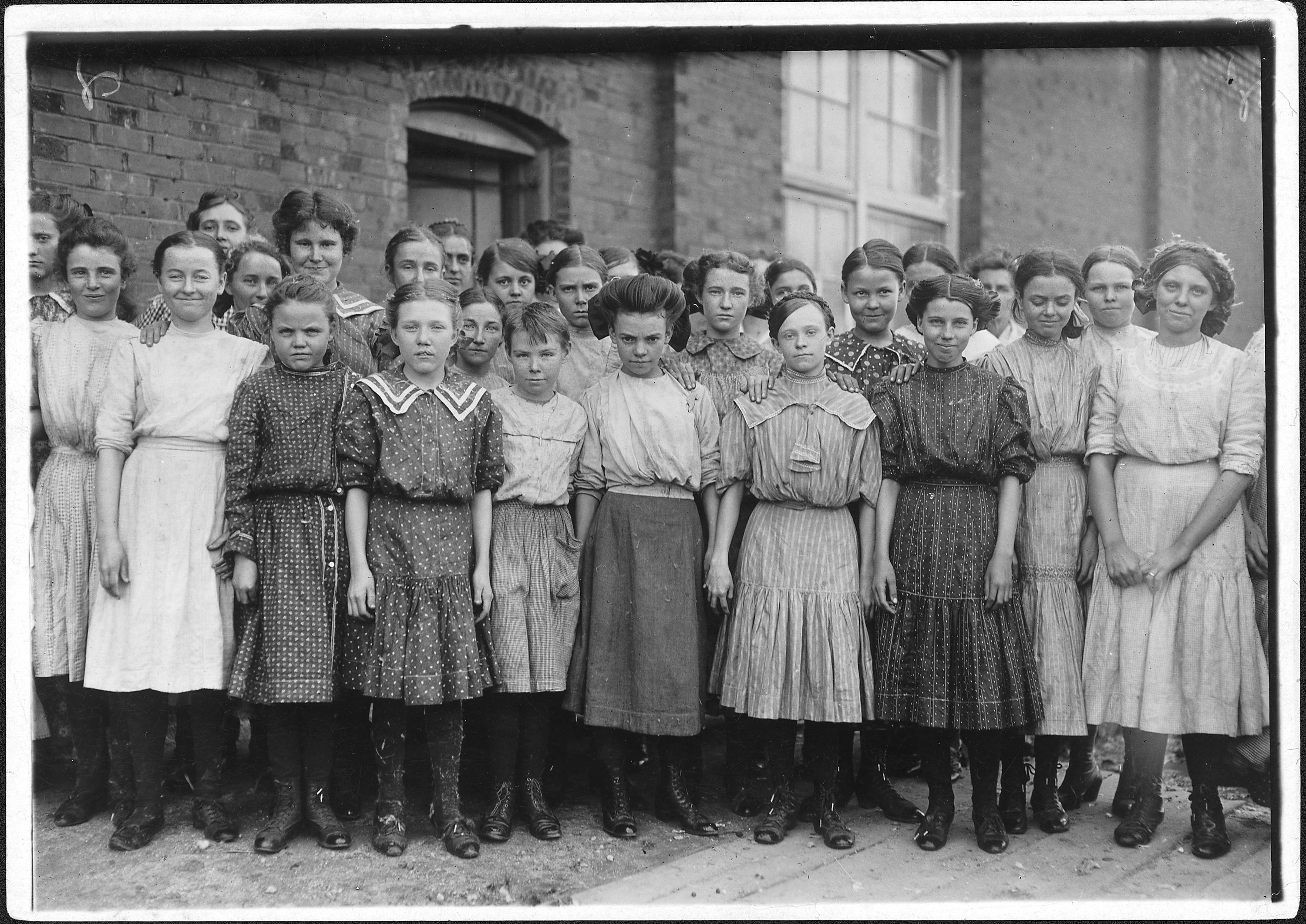
Spinners in Pell City Cotton Mill, grouped for me by the overseer. Mr. E. A. Thompson, Supt. of the Mill, is also mayor of Pell City. Pell City, Ala, November 1910
In the early part of the 20th Century child labor in the United States was not at all uncommon. In 1904, however, a group of progressive reformers formed the National Child Labor Committee hoping to bring an end to the scourge of child labor. The number of children under the age of 15 who worked in industrial jobs for wages had increased from 1.5 million in 1890 to 2 million in 1910. Companies hired children because they could work in unskilled jobs for lower wages than adult counterparts, while their small hands often made them adept at handling small parts and tools.
The NCLC hired the photographer Lewis Hines who had felt so strongly about the abuse of children as workers he had left his schoolteaching job in New York. For the next fifteen years or so, he travelled around America documenting children working from the mines of Pennsylvania to the cotton mills in Georgia and Alabama.
It wasn’t an easy job and Hine often operated in disguise. Photo historian Daile Kaplan:
Nattily dressed in a suit, tie, and hat, Hine the gentleman actor and mimic assumed a variety of personas — including Bible salesman, postcard salesman, and industrial photographer making a record of factory machinery — to gain entrance to the workplace.
When unable to deflect his confrontations with management, he simply waited outside the canneries, mines, factories, farms, and sweatshops with his fifty pounds of photographic equipment and photographed children as they entered and exited the workplace. he was frequently threatened with violence or even death by factory police and foremen. At the time, the immorality of child labor was meant to be hidden from the public
By the 1930s few people were interested in Hine’s work, past or present, and he lost his house and applied for welfare. He died on November 3, 1940 at Dobbs Ferry Hospital in Dobbs Ferry, New York, after an operation. He was 66 years old and almost forgotten. However his photographs were instrumental in changing child labor laws in the United States and he is now he is recognized as a great American photographer.

Spinners and doffers in Lancaster Cotton Mills. Dozens of them in this mill. Lancaster, S.C., December 1908
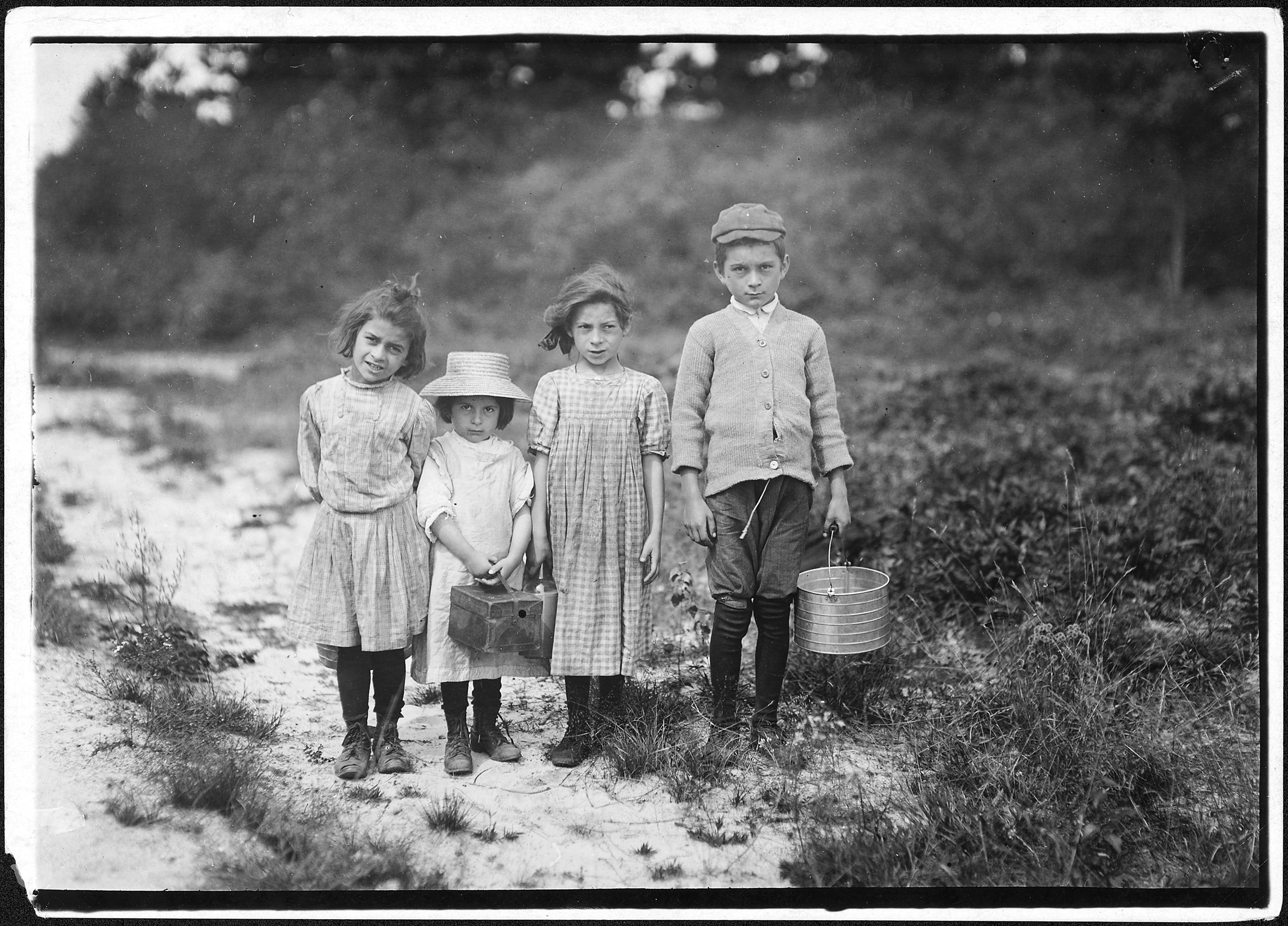
Anne, 7 years old, and brother Vincent said he was 11. Inez, sister said 6 years old,. Smallest one not quite large enough to work. Father works in Parker Mills. Parker Mills, Mass, September 1911

Two of the child workers, a raveler and a looper in London Hosiery Mills. London, Tenn, December 1910
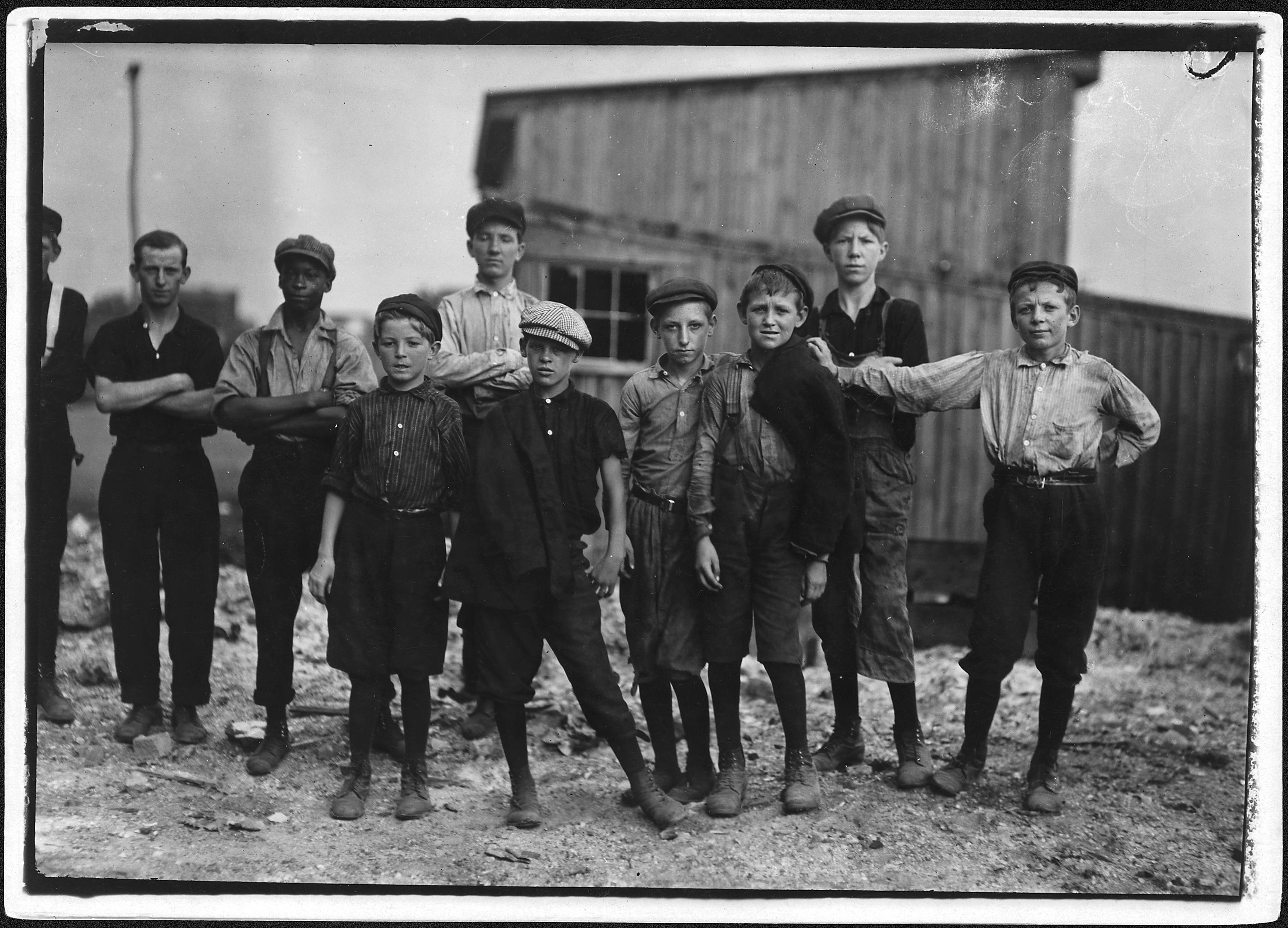
A few of the young boys working on the night shift at the Alexandria Glass Factory. Alexandria, Va, June 1911
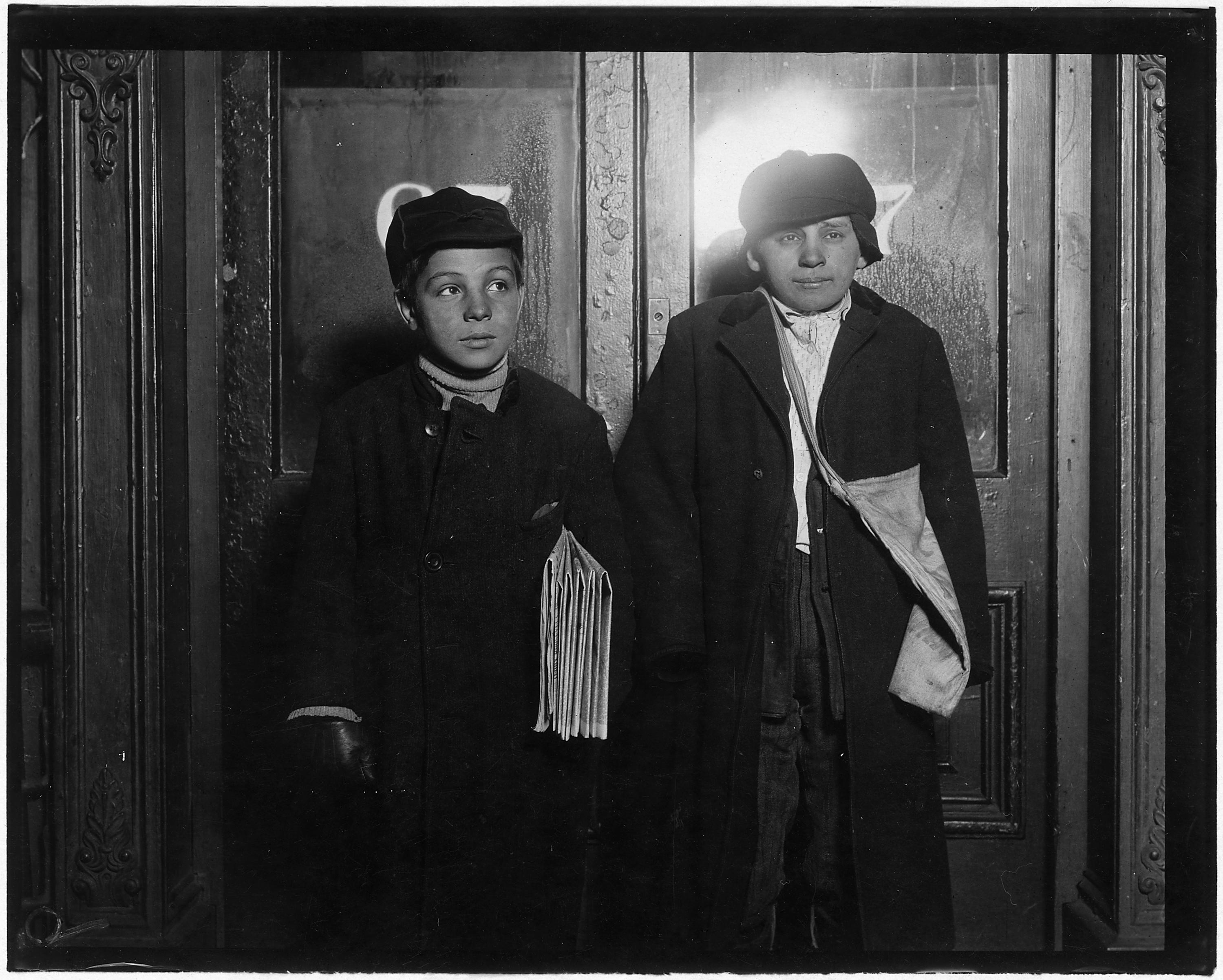
In a saloon doorway at 8:30 P.M. Left to right, George Cappello, 12 years old. Frank Laporter, 13 years old. Utica, N.Y., February 1910
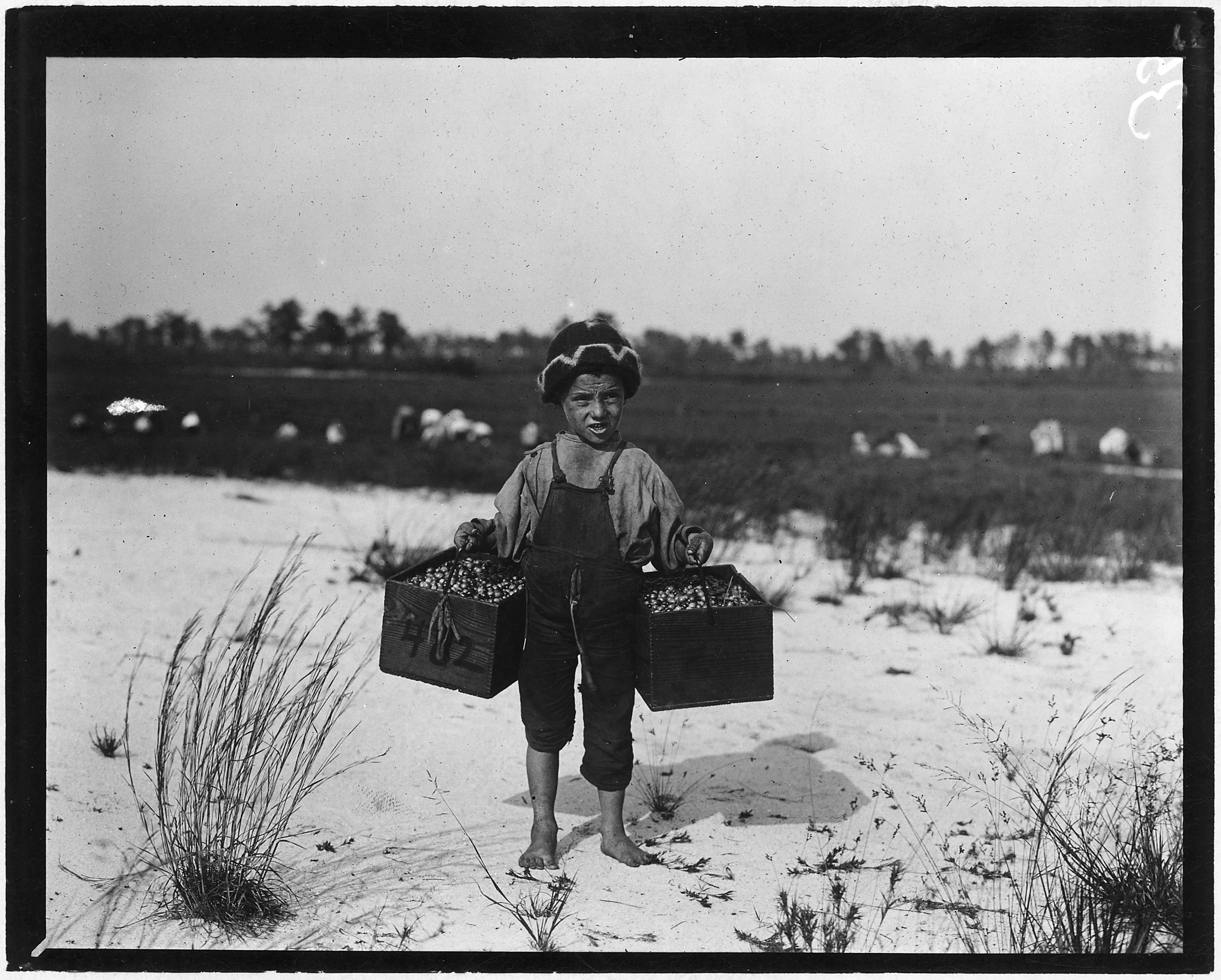
Salvin Nocito, 5 years old, carries 2 pecks of cranberries for long distance to the bushel man. Whites Bog, September 1910
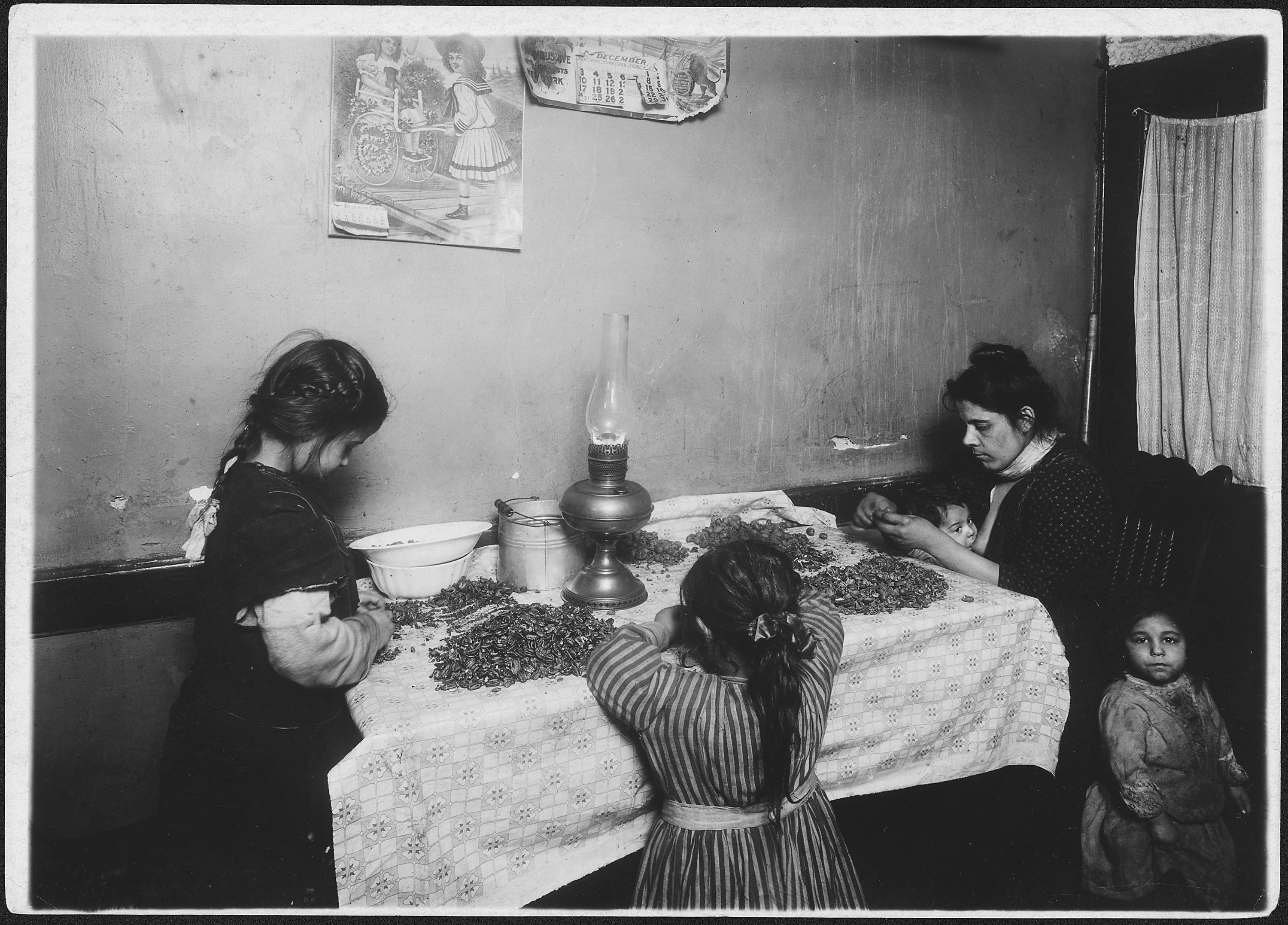
A family picking nuts. Mother nursing baby while picking nuts. Was suffering with a sore throat. Rosie, 3, hanging around; Genevieve, 6, Tessie, 6, picks too. Make $1.50 to $2 a week. New York City, December 1911
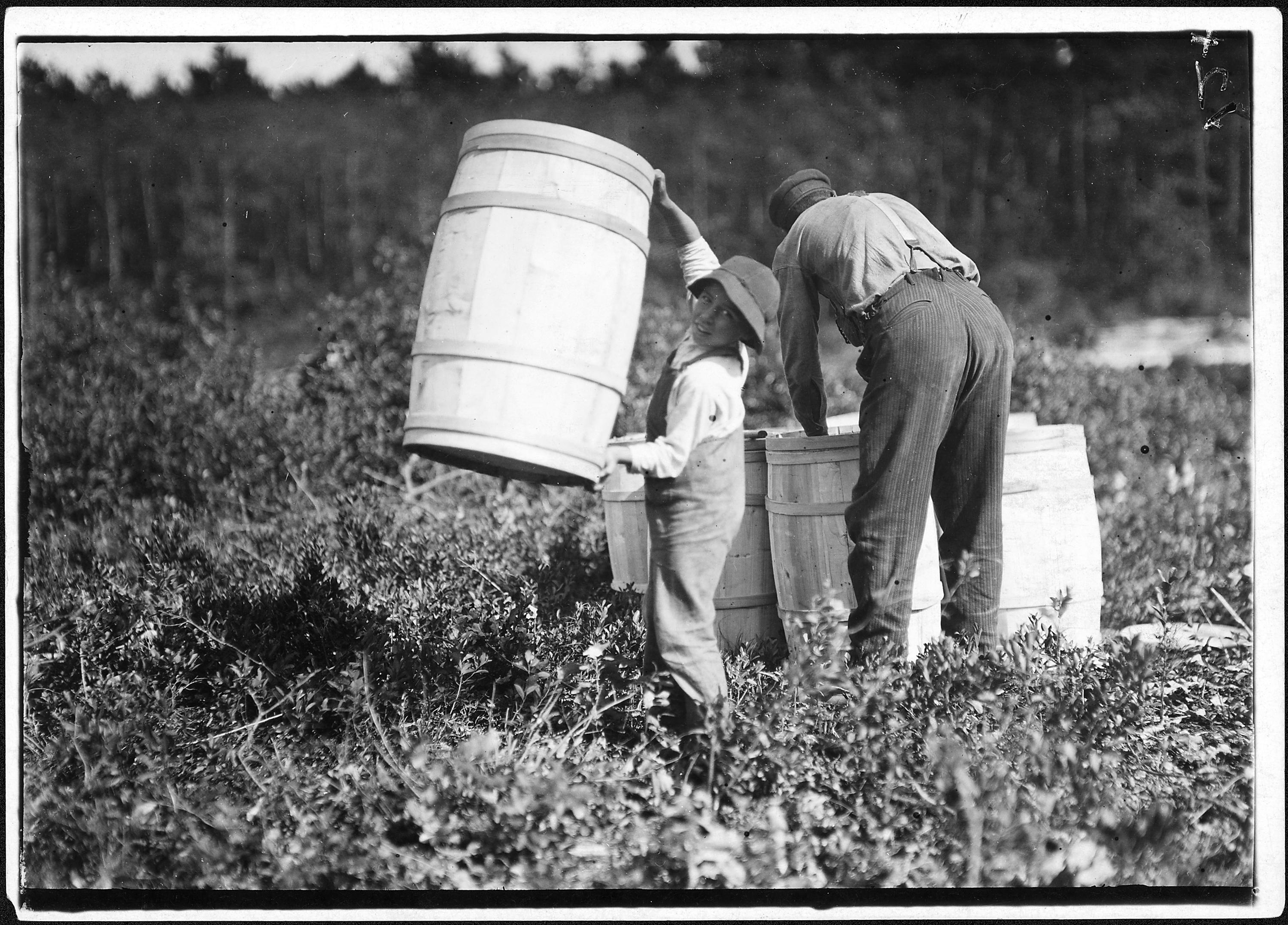
Boy who carries barrels. Robert Saunders, 10 years old. Is the son of the boss. Mother picks too. Falmouth, Mass, 1912

Annette Roy, the youngest worker, 7 years old. Picked last summer. Also Napoleon Ruel, 9 years old. South Carver, Mass, 1912
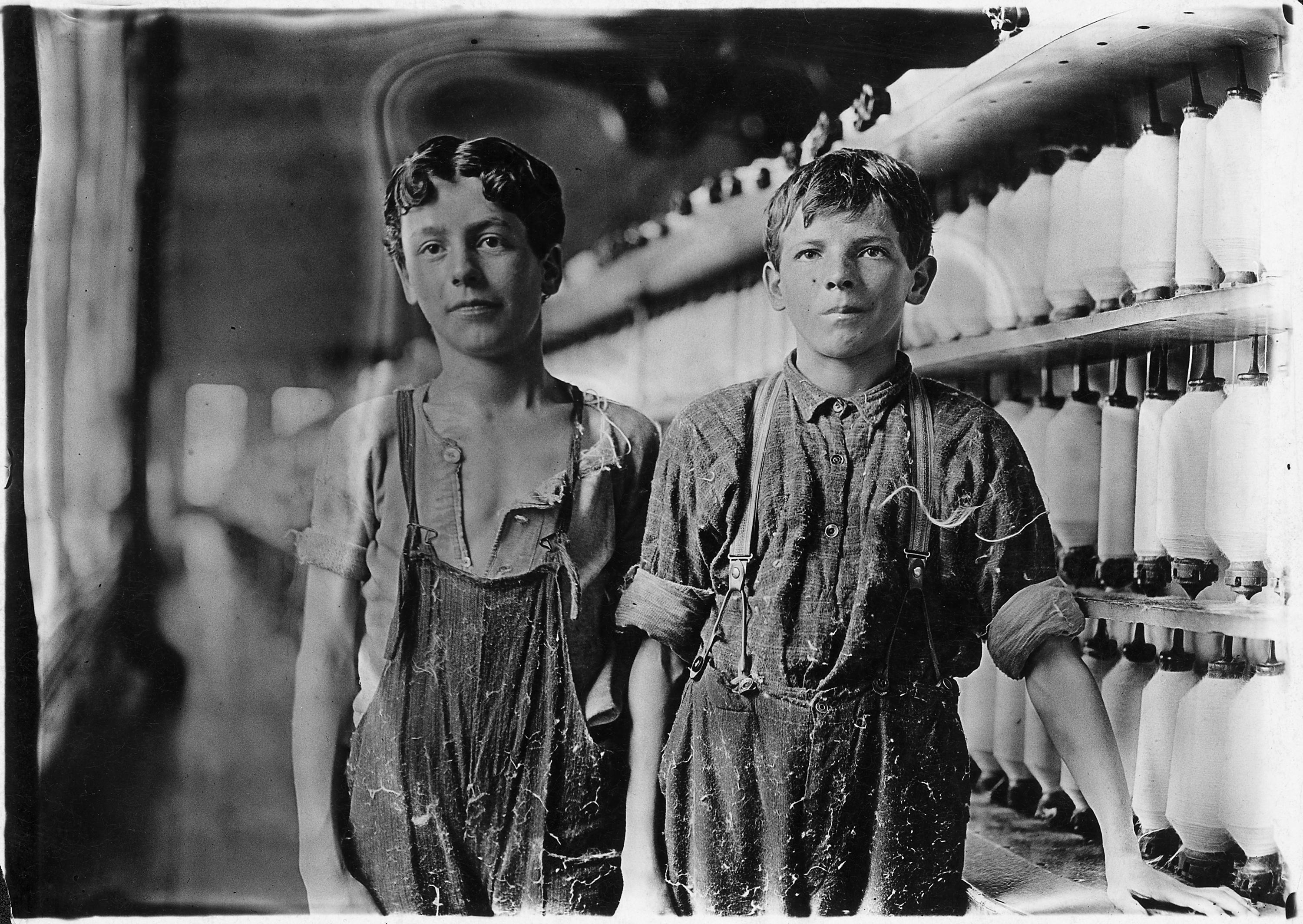
Mule spinning room in Chace Cotton Mill. Left hand – Leopold Daigneau, Arsene Lussier, Back roping boys. Burlington, Vt, May 1909
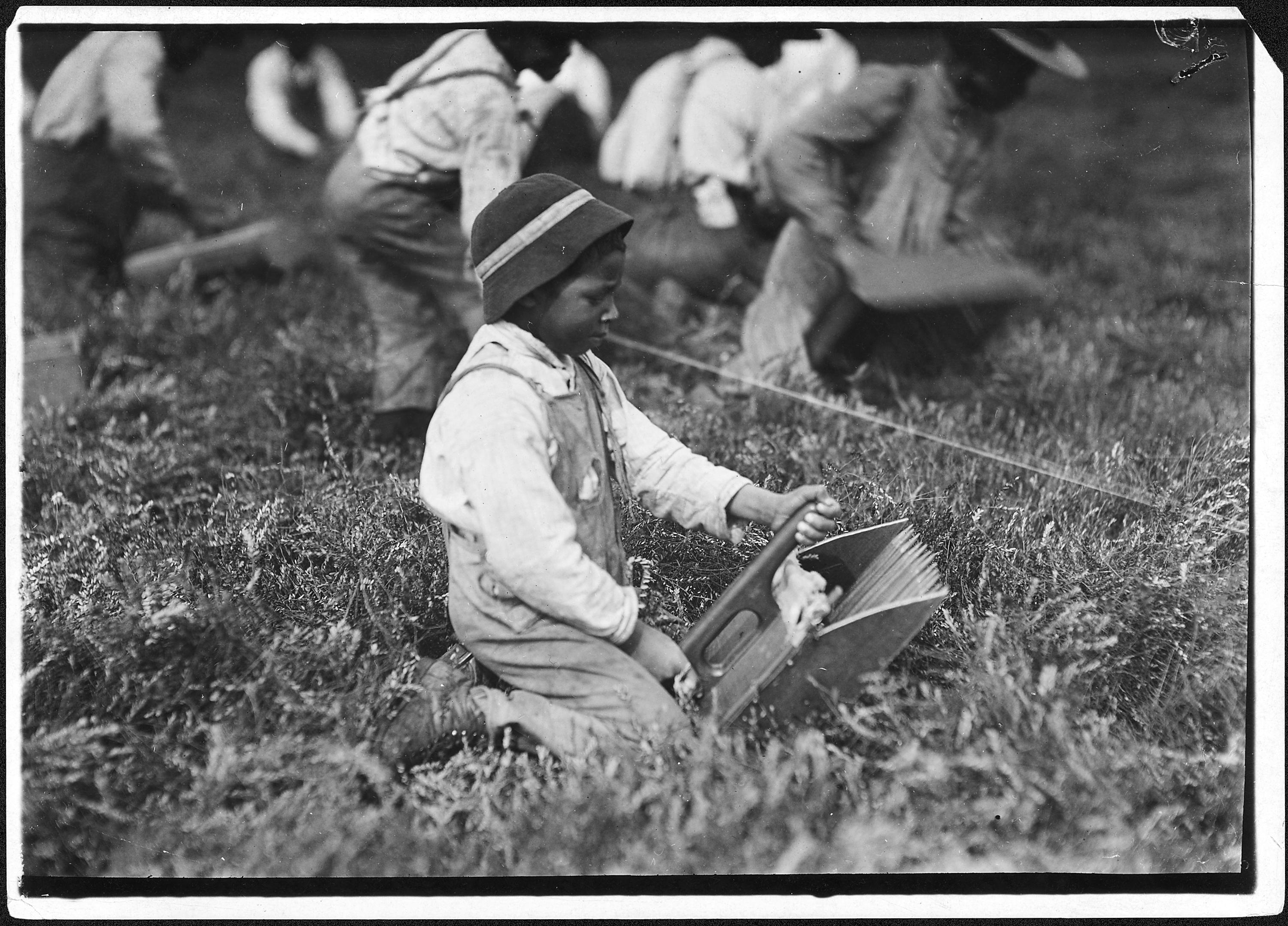
Charlie Fernande showing the scoop with which he works. Most of the scooping is done by adults. Wareham, Mass, September 1911
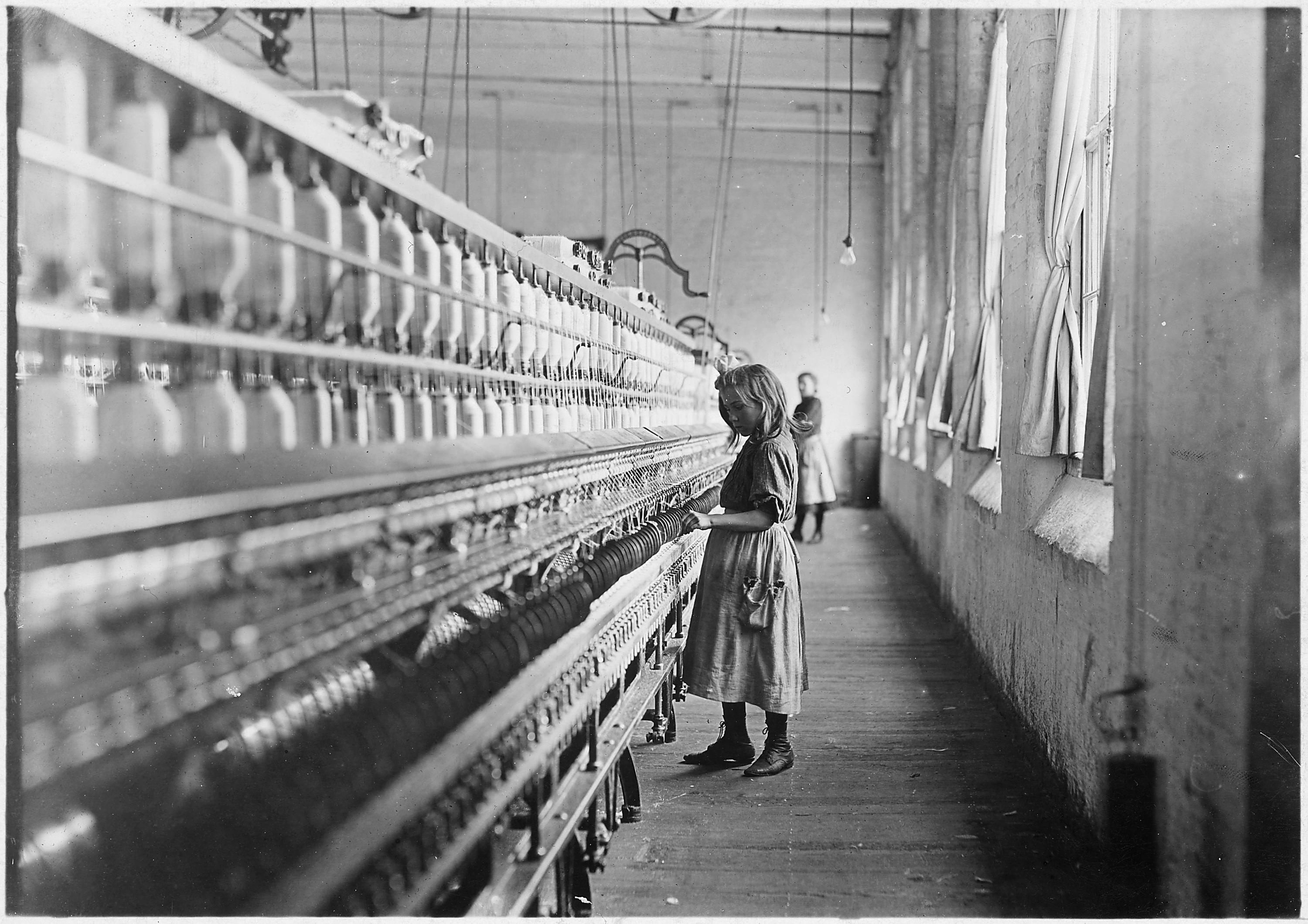
Sadie Pfeifer, 48 inches high. Has worked half a year. One of the many small children at work in Lancaster Cotton Mills. Lancaster, S.C., November 1908
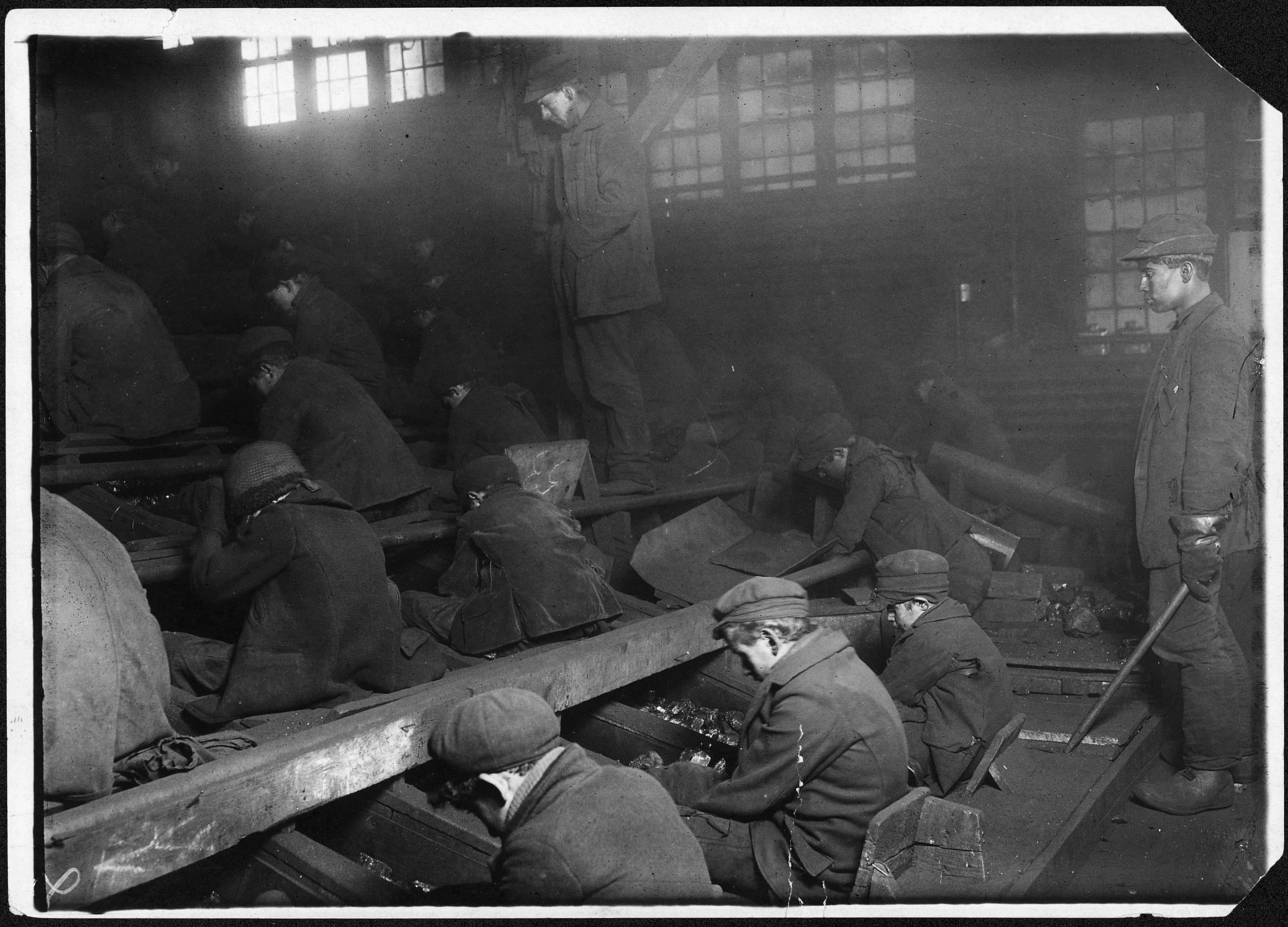
View of the Ewen Breaker of the Pa. Coal Co. The dust was so dense at times as to obscure the view, January 1911 S. Pittston, Pa
Would you like to support Flashbak?
Please consider making a donation to our site. We don't want to rely on ads to bring you the best of visual culture. You can also support us by signing up to our Mailing List. And you can also follow us on Facebook, Instagram and Twitter. For great art and culture delivered to your door, visit our shop.
